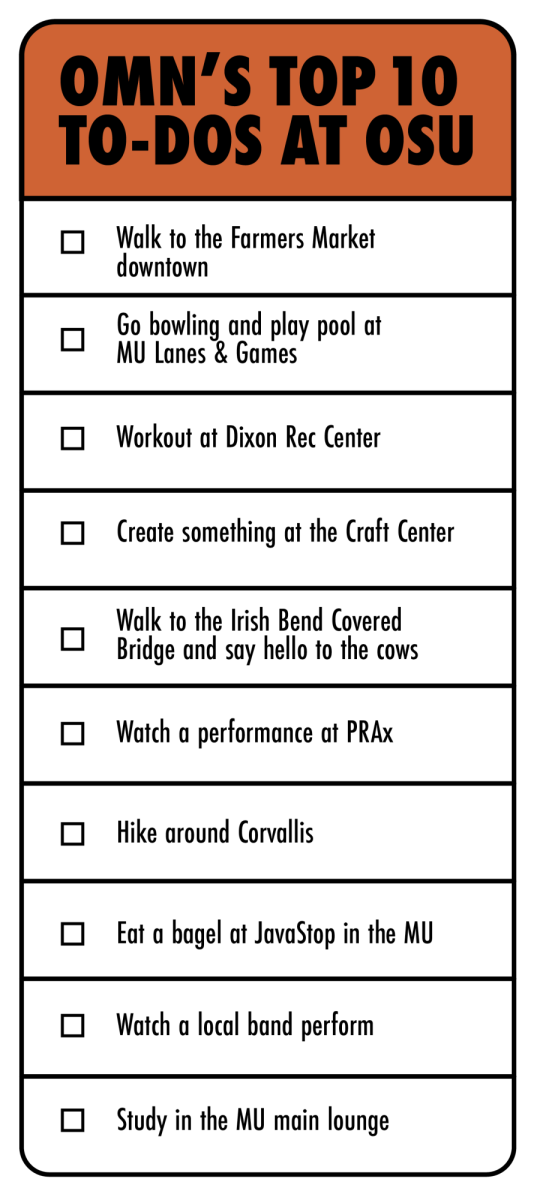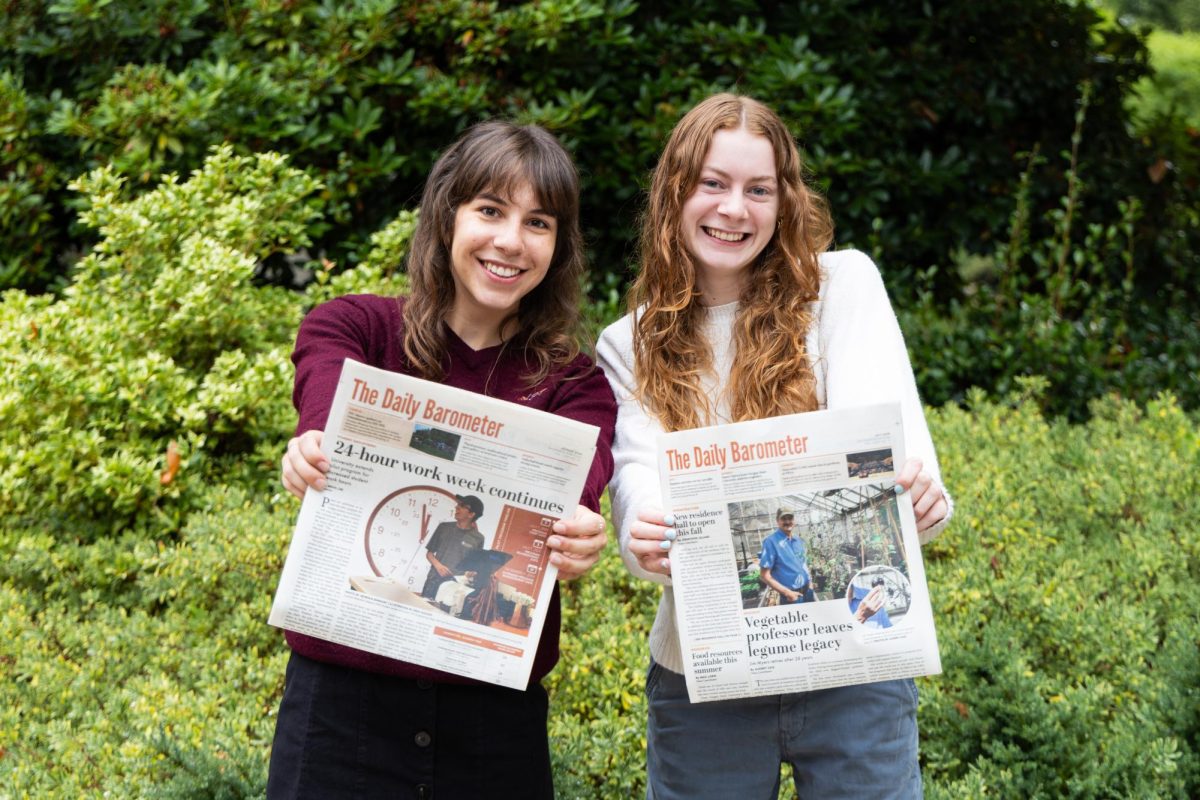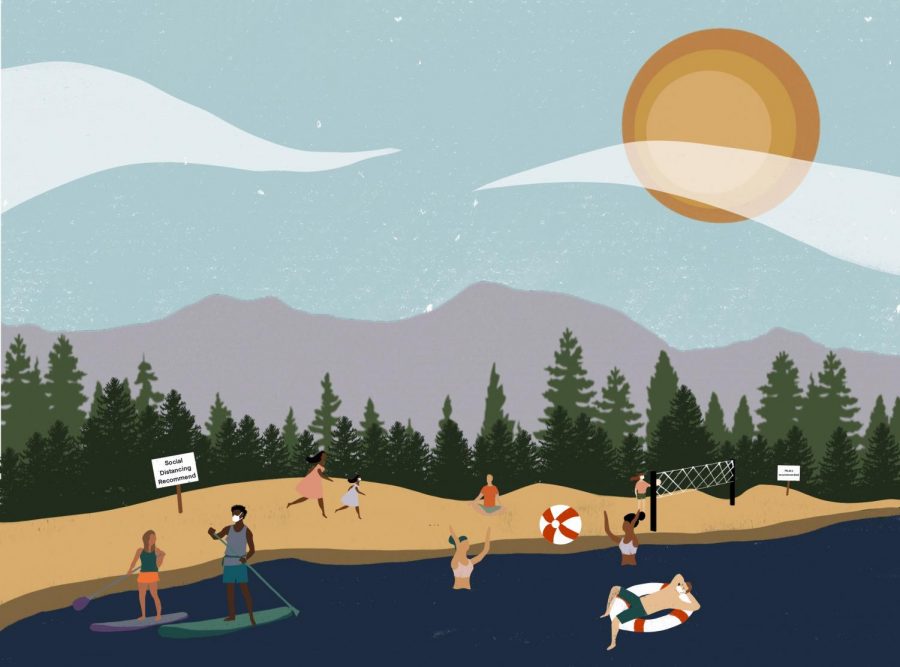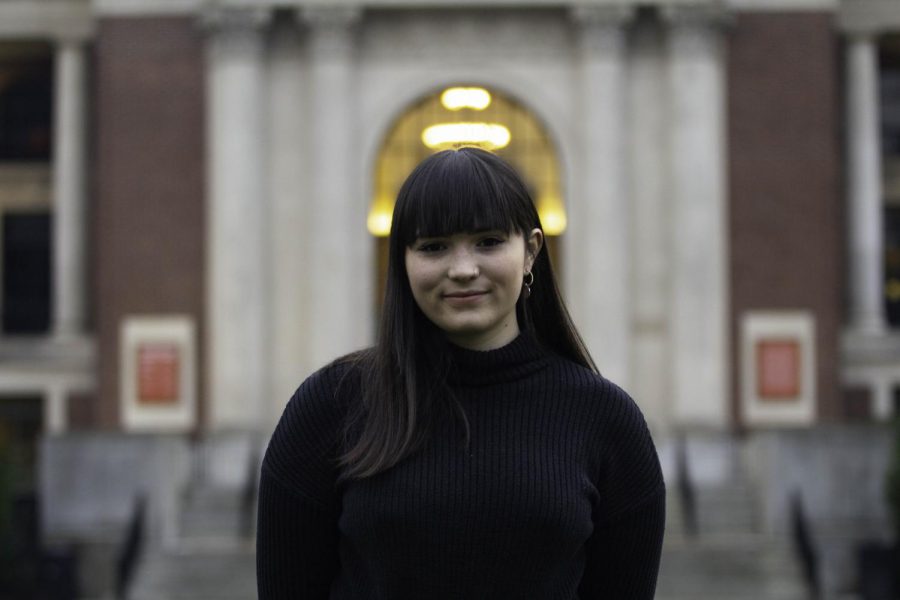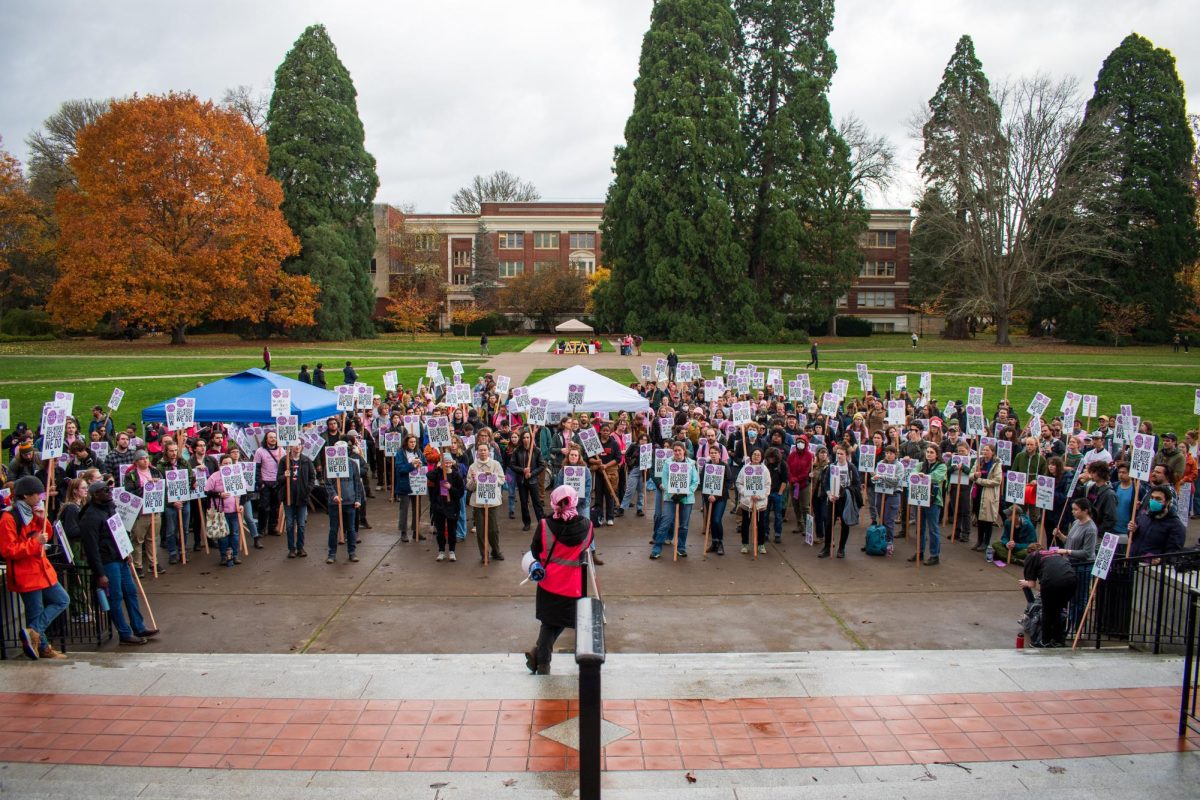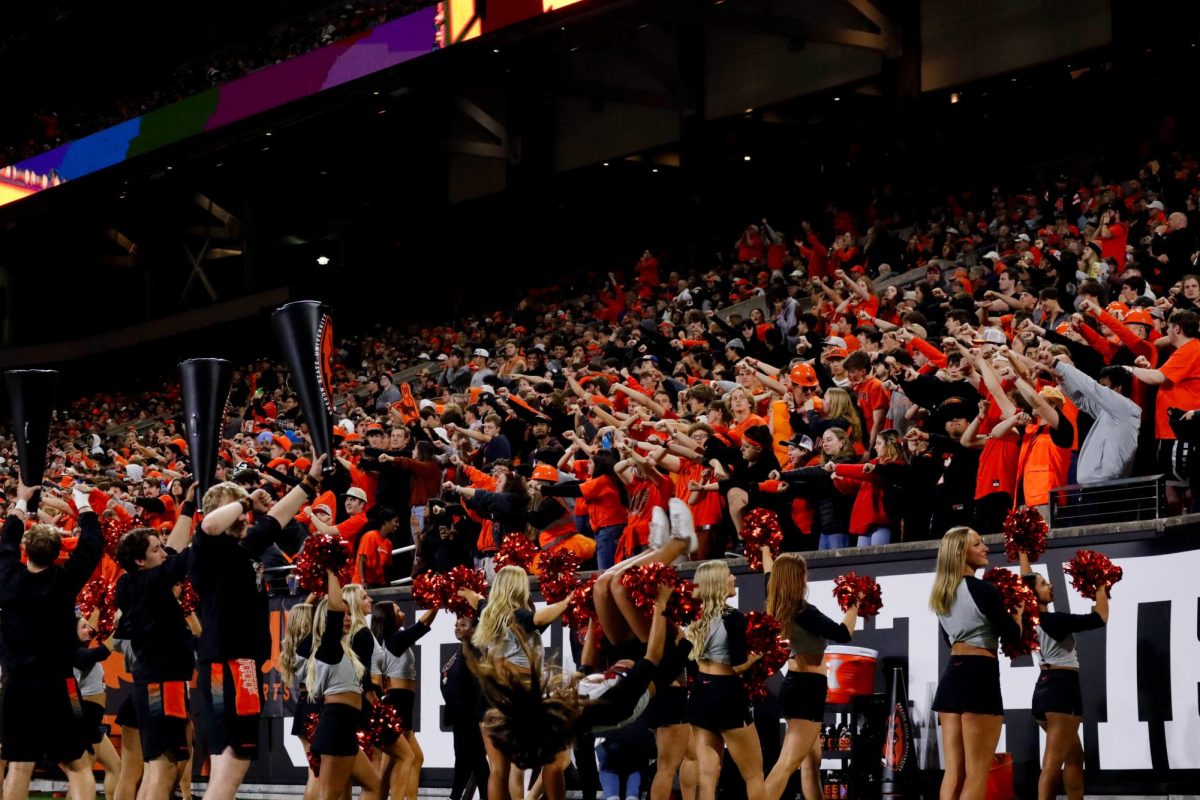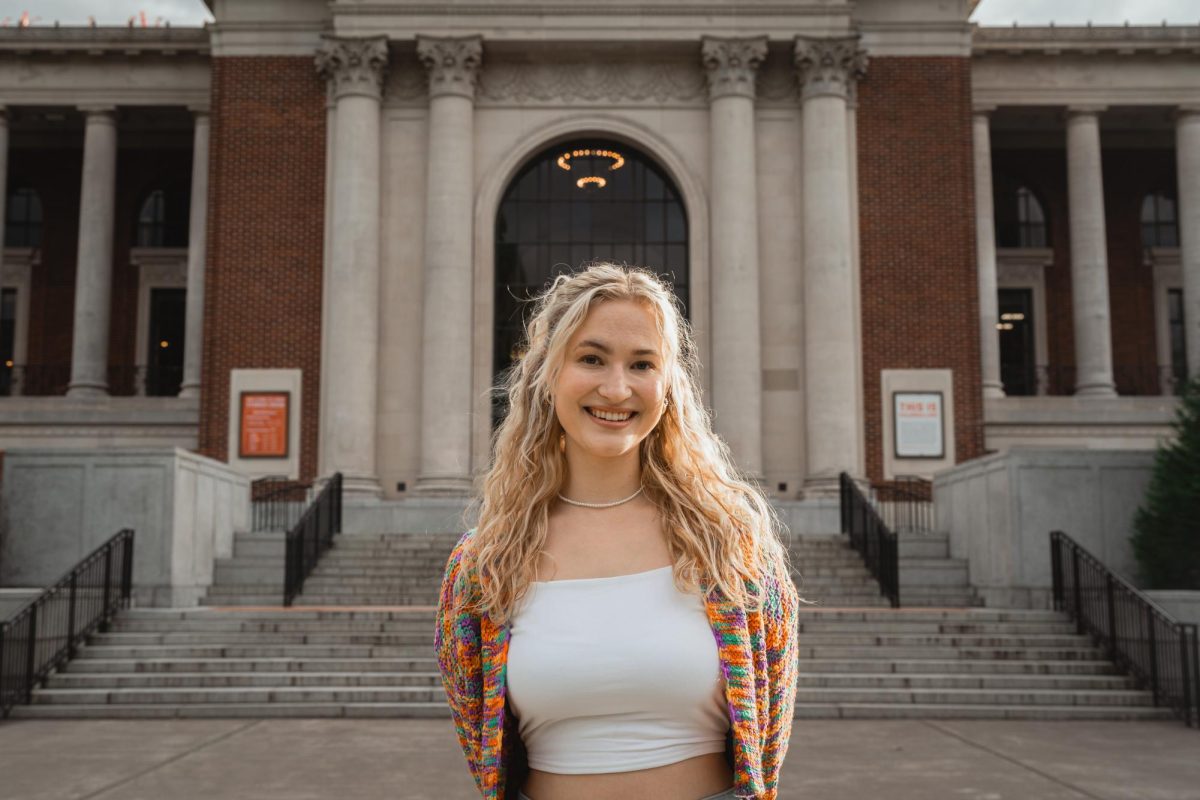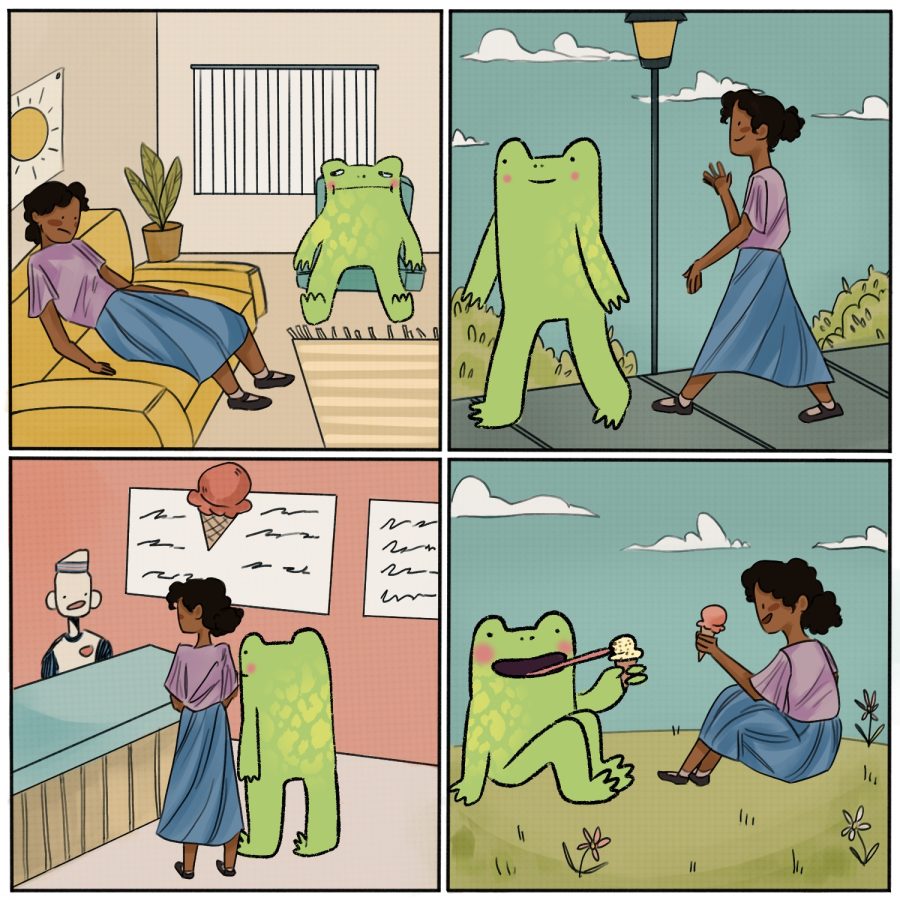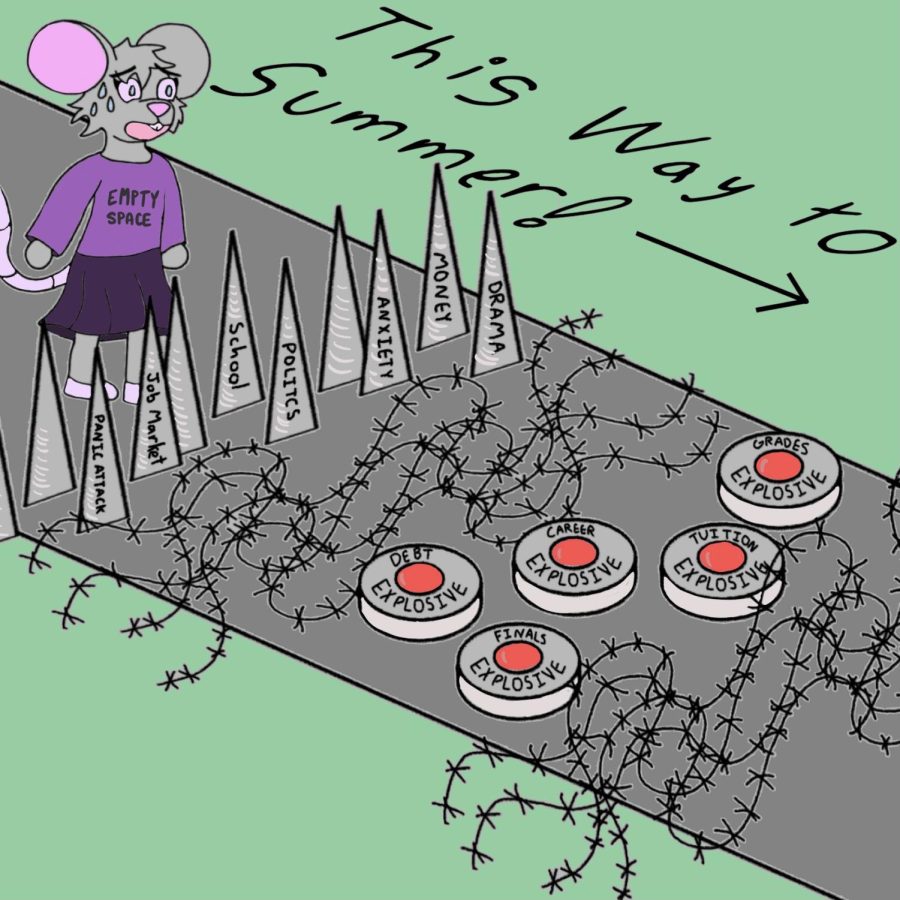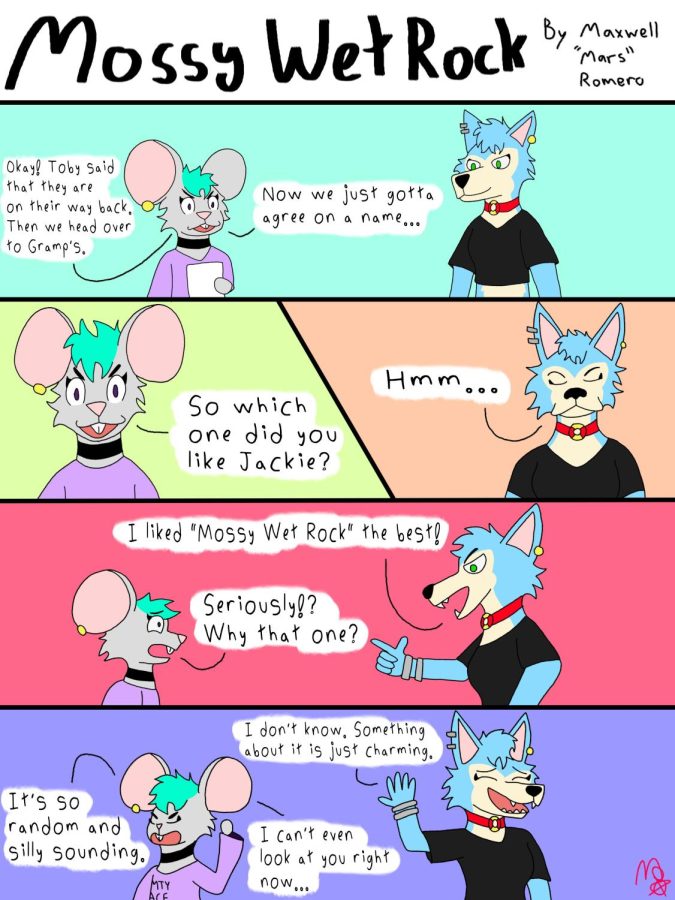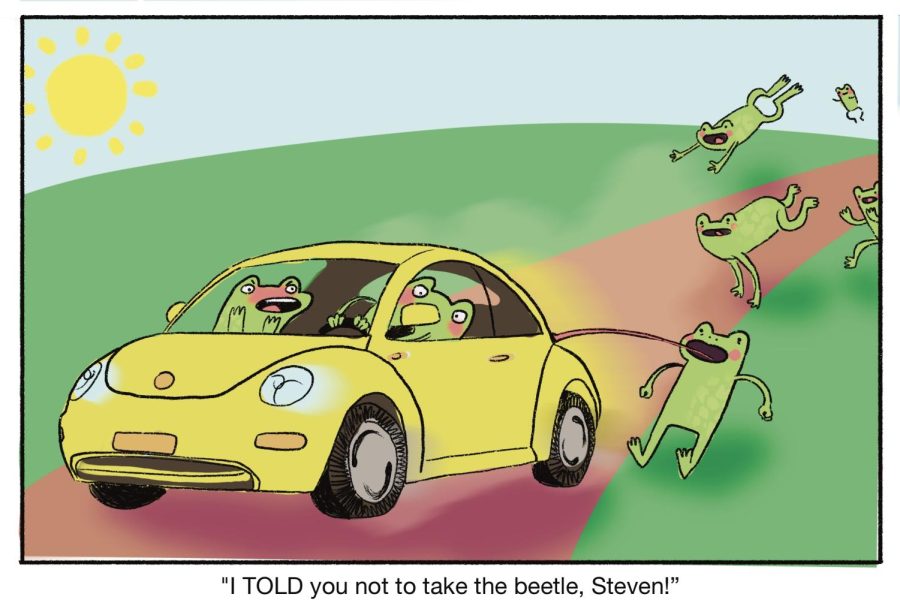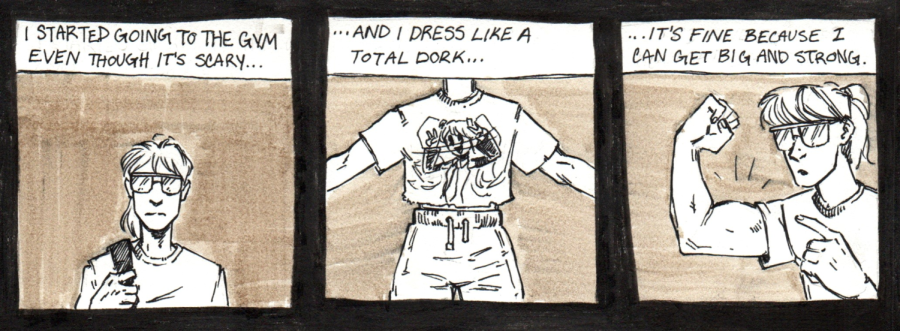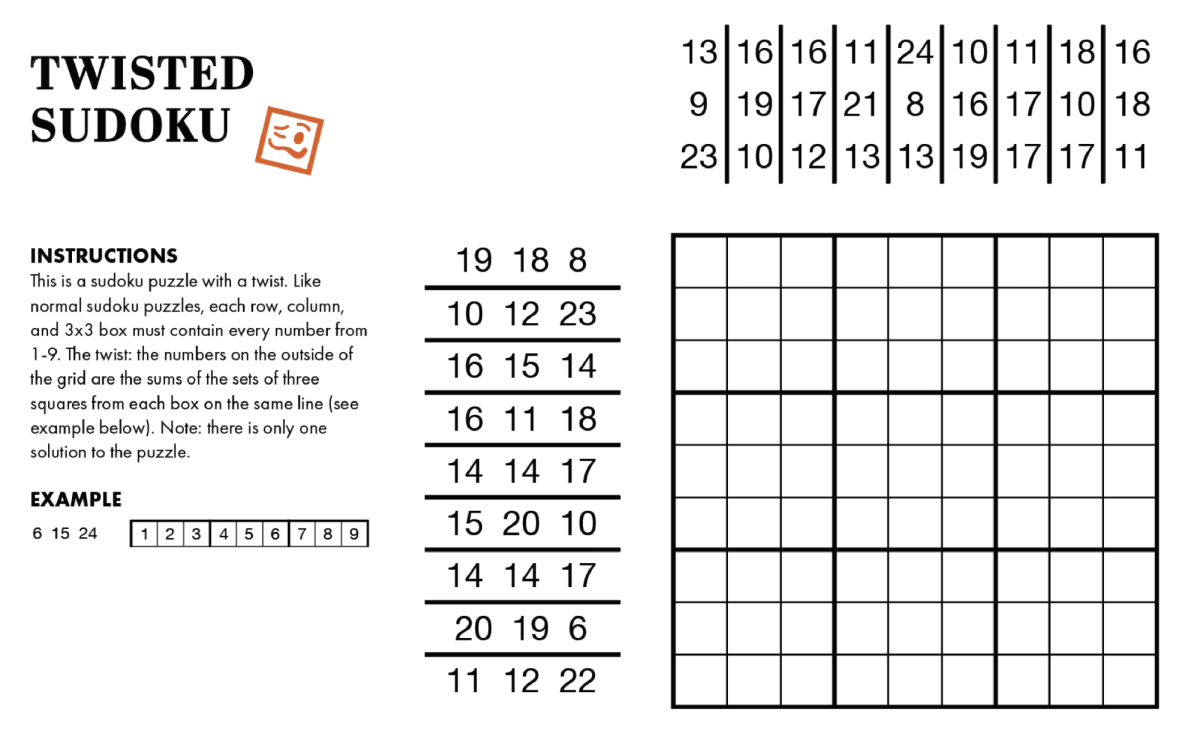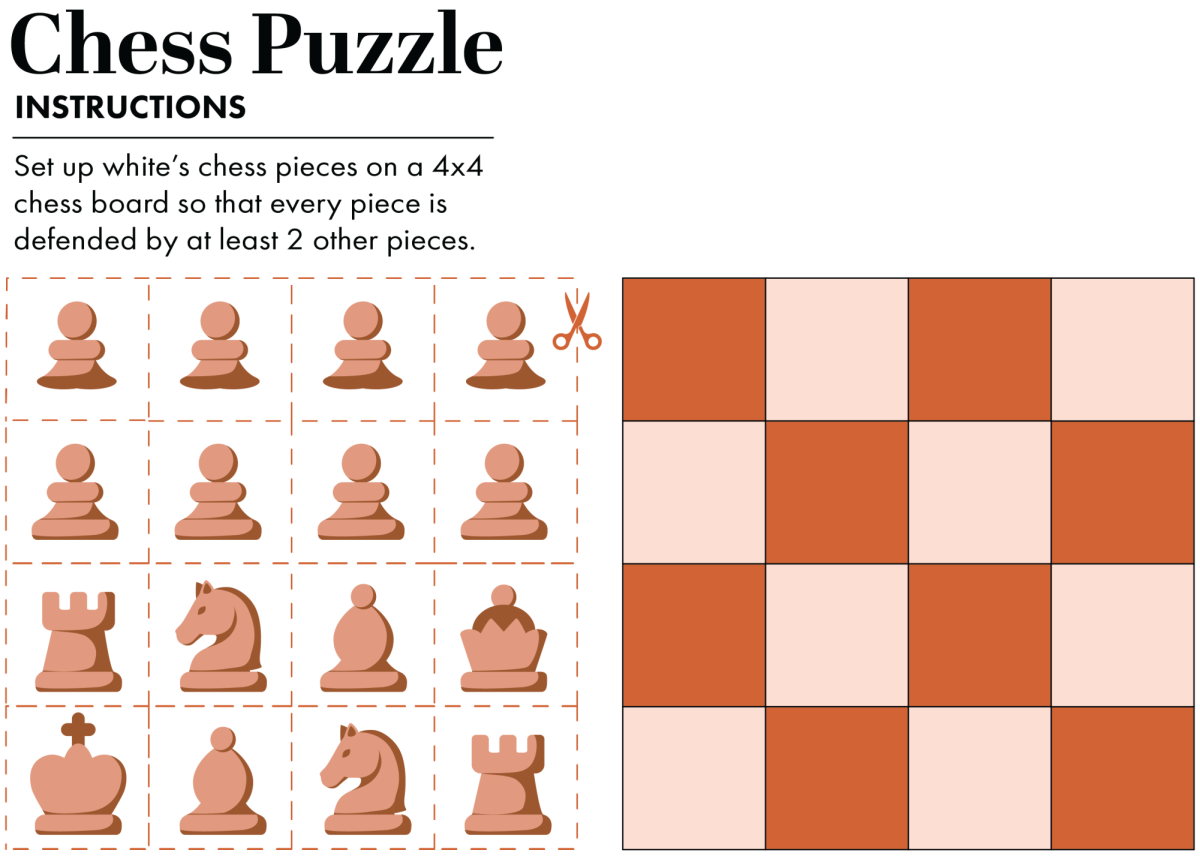Editor’s note: This is a column and does not reflect the views or opinions of the Daily Barometer.
After viewing the student government’s history through the lenses of past Barometer representatives, it becomes apparent that not only are we repeating history as a student body, but we are simultaneously distancing ourselves from our student government.
We must use our own past as a guide to the future.
In an issue of the Daily Barometer published on October 22, 1968, a letter from the ASOSU President at the time — John Fraser — spotlights the key ways in which the Associated Students of Oregon State University functions.
“The best way for students to be informed about and active in formulating the policies that affect them is to know the workings of this body,” Fraser said. “If we are to exert responsible power, we must have participation. One hundred years of student apathy is long enough.”
In an email exchange between current ASOSU president Audrey Schlotter and myself on March 11, she highlighted ASOSU’s current reform efforts despite straying from Fraser’s sentiments.
“Like in 1968, I encourage all students to get involved and pay attention to the things we do within ASOSU. This being said, students deserve to be represented equitably, even if they aren’t paying attention; we are all actively working to get back to this reality,” Schlotter said.
Now more than ever, I can almost start to predict the look on people’s faces the instant someone mentions anything regarding ASOSU — whether that’s a disdainful grimace, a confused look, or a pitiful expression exchanged by fellow students.
These students deserve leaders who can collectively provide them with an ethical government, a sentiment reinforced within an interview with Schlotter on February 28. Schlotter said.
“The internal turmoil ASOSU is making it so we can’t represent who I was elected to represent and who they were elected to represent.”
I feel as if the lack of integrity currently exhibited by our student government only enables scrutiny as opposed to participation, especially when comparing the viewpoints of how past leaders like Fraser viewed their governmental involvement as opposed to Schlotter’s disheartened feelings regarding her own involvement.
Currently, ASOSU has decided to move into a partial shutdown involving a pause of most primary ASOSU functions in order to rehabilitate their operations process alongside their workplace culture. In a statement from Rob Odom issued within a Barometer story on February 28, vice president for University Relations and Marketing, he claimed this is not the first time the university has had to involve themselves in university affairs.
This call for reform stems from a variety of sources such as minimal student participation shown through the announced 8.99% voter turnout, a lack of decorum in the workplace according to Zack Kowash’s letter of resignation, and a call for greater accountability in the ASOSU judicial branch from individuals like Matteo Paola in a Barometer article from February 4.
For their reforms in these areas, it is unknown exactly what changes will occur. The question is, when does it become more valuable to turn outwards to the students rather than inwards towards the university officials to guide these reforms?
An article highlighting this question, written by Barometer Editor Bob Allen on February 25 1970, describes an alternative mindset to approaching similar concerns using the viewpoint of past ASOSU President Charlie Larson.
The year Larson was involved in OSU’s student body, ASOSU appeared to have faced similar issues, dealing with a voter turnout of less than 10 percent alongside challenges to a fair, uncontroversial electoral process.
This matches our current election season closely, with this year’s election seeing a voter turnout of 8.99% and facing the unknown workarounds post-resignation of former ASOSU Vice President, Zach Kowash. We know Schlotter has decided not to appoint another vice president during a recent interview on March 5, but could this obstruct ASOSU reforms?
Throughout Larson’s attempts to alleviate tension amongst the student body in 1970 while addressing a lack of voter turnout, he felt as if the student government’s efforts had been futile and proposed an unexpected resolution.
“The basic problem of lack of participation still exists,” Larson said. “I do feel we should allow the class to decide on this issue and that we should not think that this year was a failure if we dissolve our class government.”
With this in mind, it makes students such as myself wonder if, since then, ASOSU representatives have placed their fate entirely in the hands of the students. As ASOSU advisors face away from the student population, turning to the Associate Dean of Students–Leslie Schacht Drey–as well as other Student Affair leaders according to the email sent by Schlotter and Drey, this becomes especially prominent. Will ASOSU only exist as a means for the university to give an illusion of control to its constituents?
Well, a story written by Barometer writer Kit Anderson on March 5, 1970 describes the actions they took not two weeks after Larson’s suggestion.
They appeared to have moved their ASOSU election to the spring term, using the break to ensure the efficacy of the elections process, guaranteeing that they would be able to review key dates, rules and procedures completely prior to voting.
The chairman of the Senate Service and Elections Committee at the time, Aleen Swafford, had detailed the new revision process each candidate would undergo to both make sure they met the qualifications and dissuade controversy amongst them.
Swafford had said,
“These rules cannot be changed unless the ASOSU senate, by a two-thirds vote, changes them… It is the desire of the Senate Services and Elections Committee to eliminate all rule and procedure discrepancies.”
When juxtaposing this to Former ASOSU Vice-President Zach Kowash’s letter of resignation sent on Feb. 25, it becomes difficult to trust that our government has upheld an admirable standard when it comes to who they elect. Kowash says,
“I can’t keep skipping class or missing assignments or cancelling on my friends for a job that has unequivocally shown, time and again, to be downright terrible and populated with the cruelest people I’ve met in my life.”
I am not saying we scrap ASOSU’s current systems in their entirety, but it may be more conducive to reform without input from upcoming electoral candidates and have them try again during a later term where a fair election, scrubbed clean from internal malice, can be guaranteed for both the candidates as well as other participants.

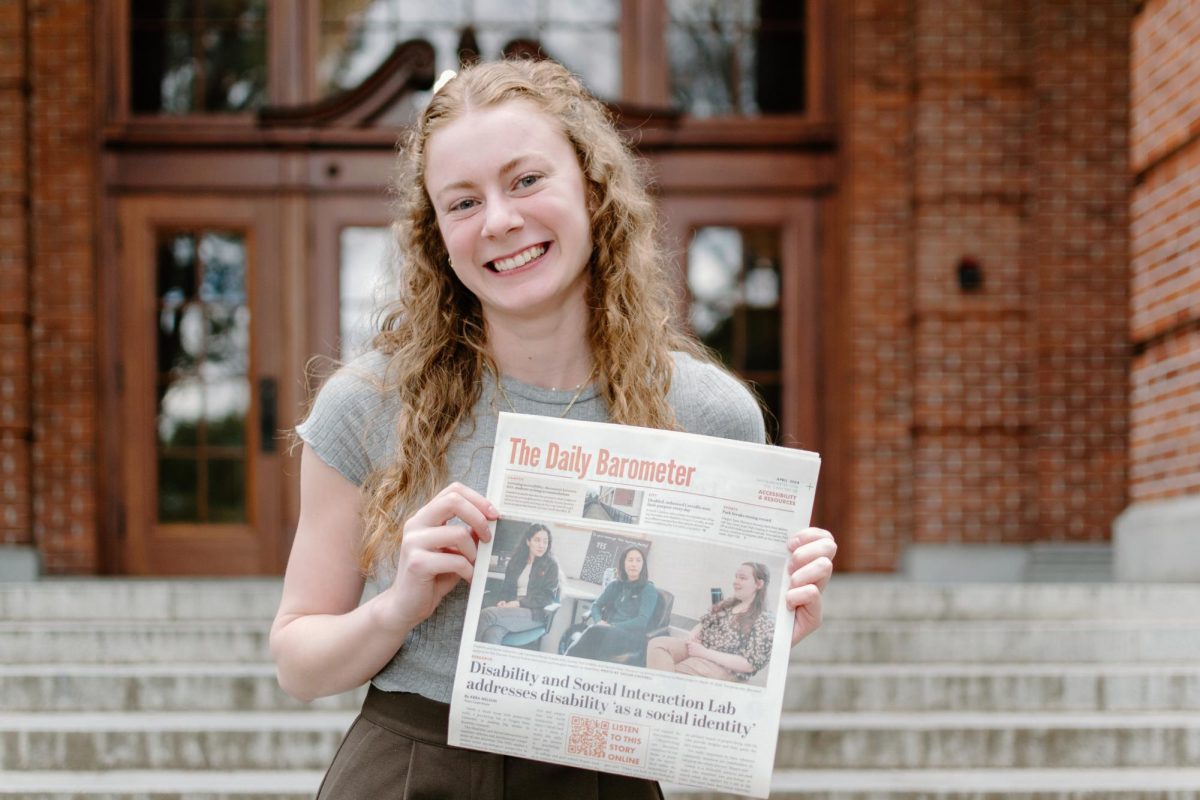
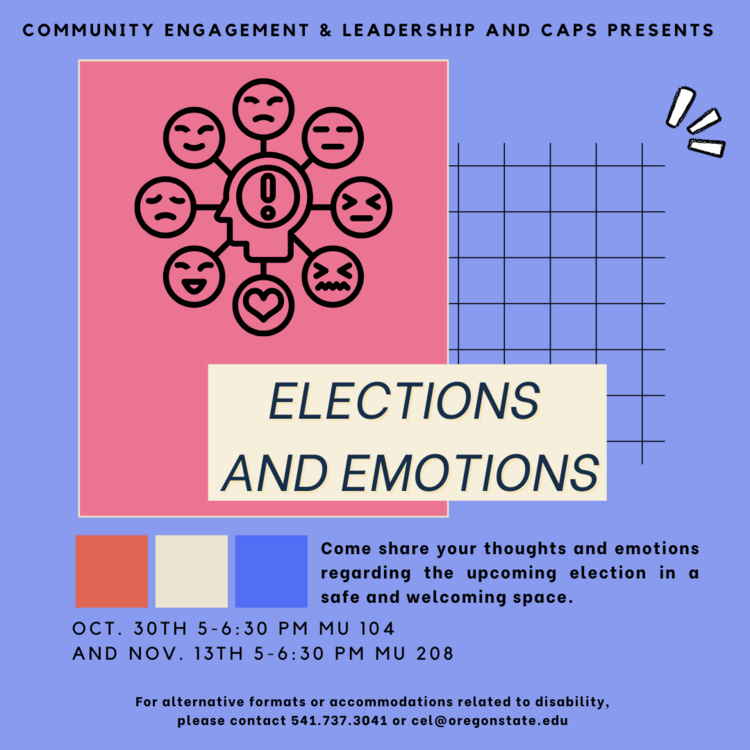
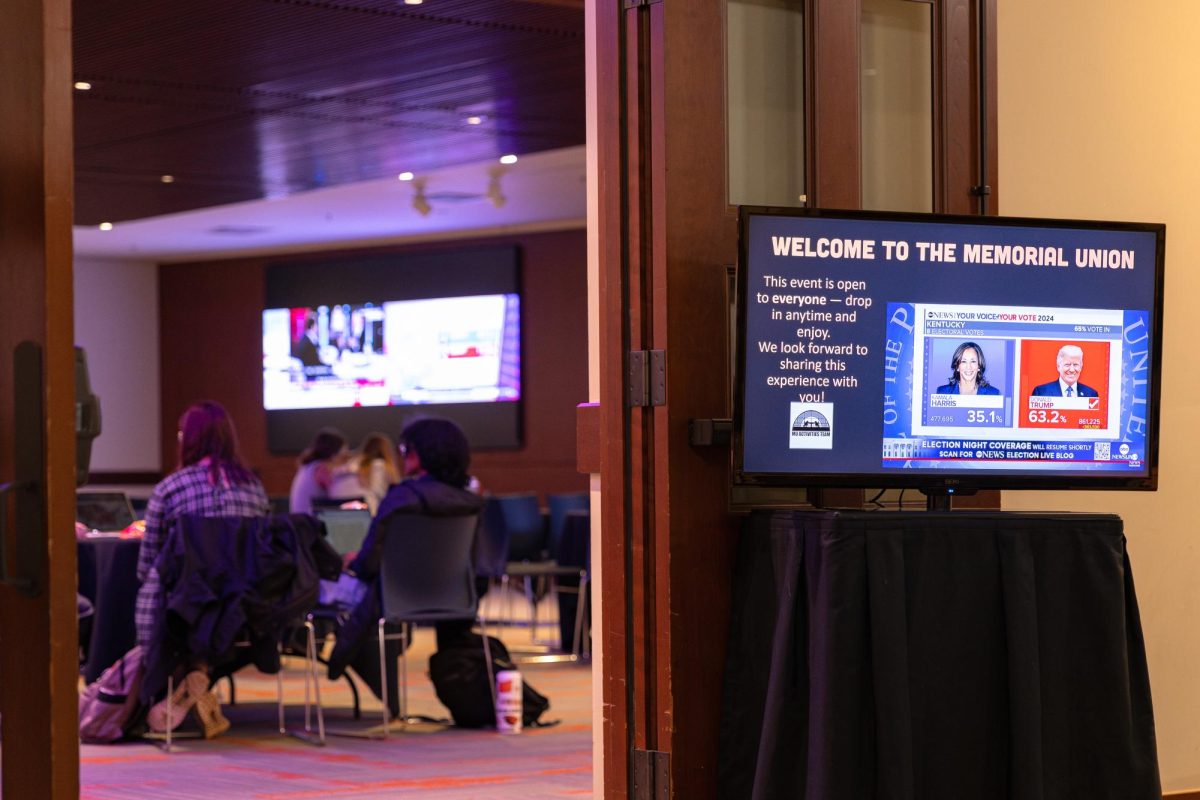
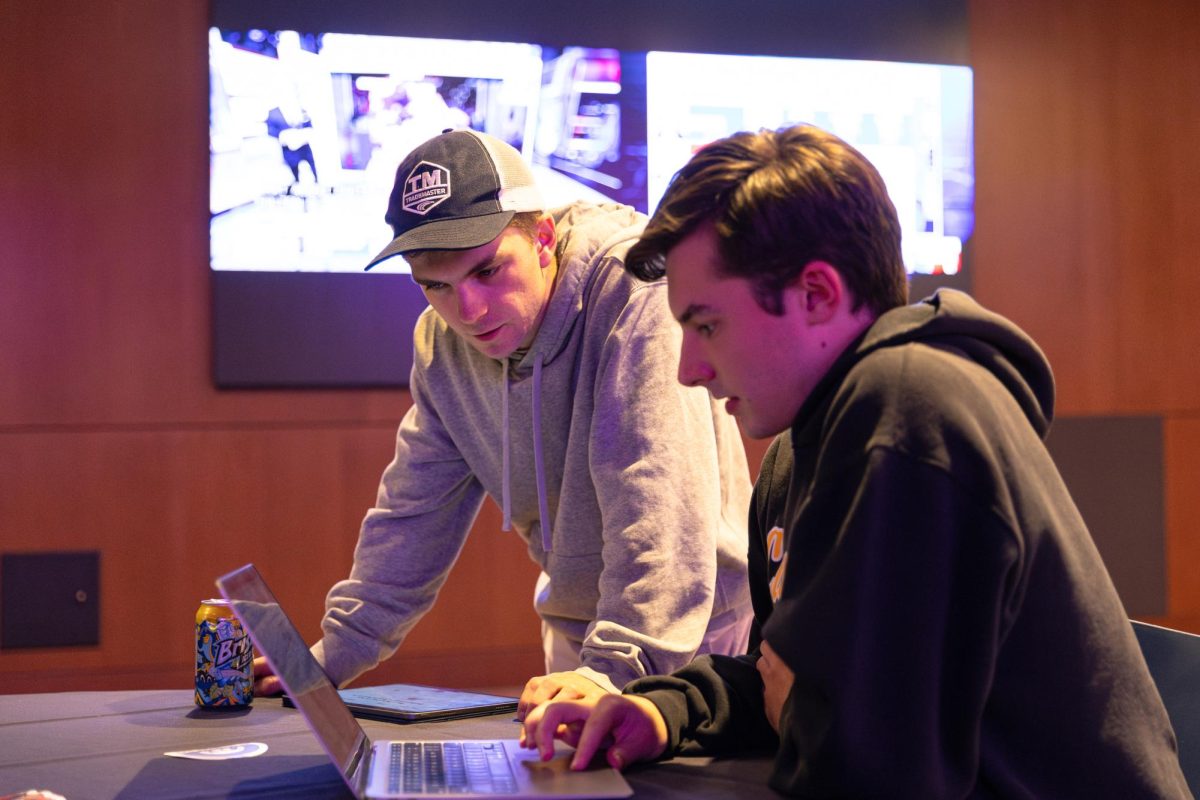
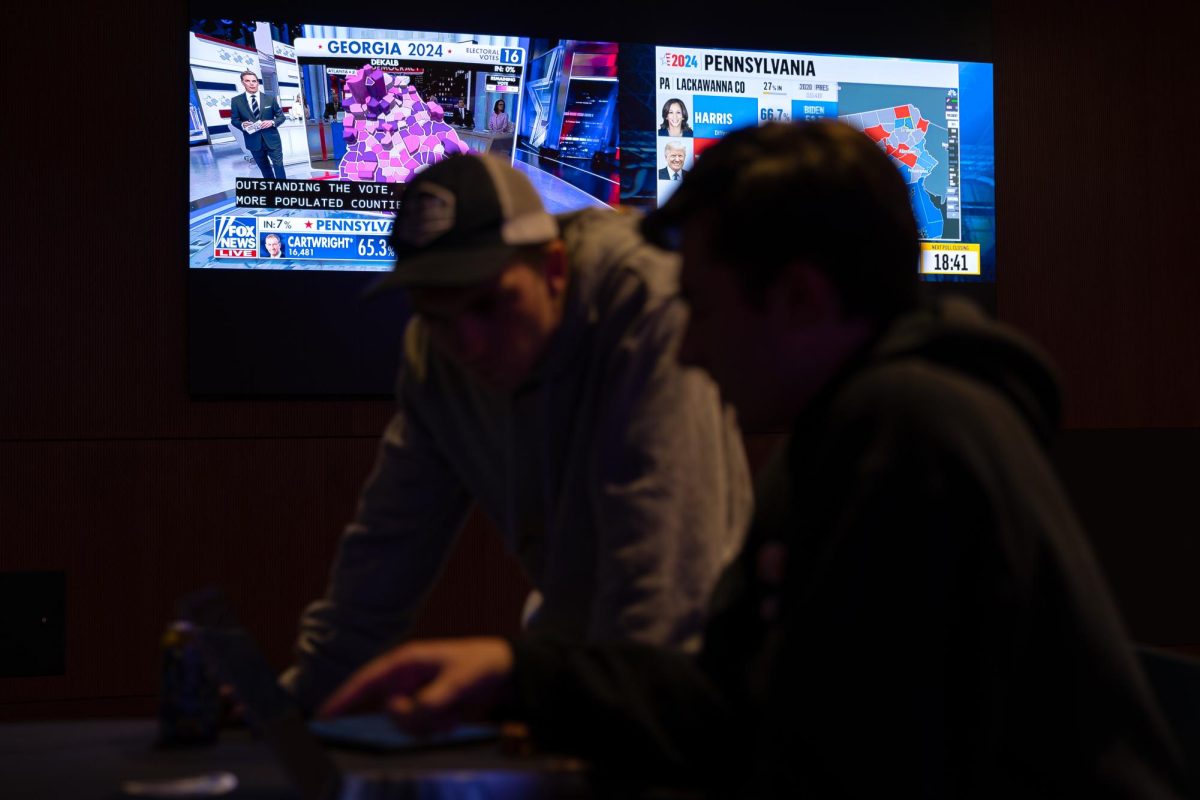



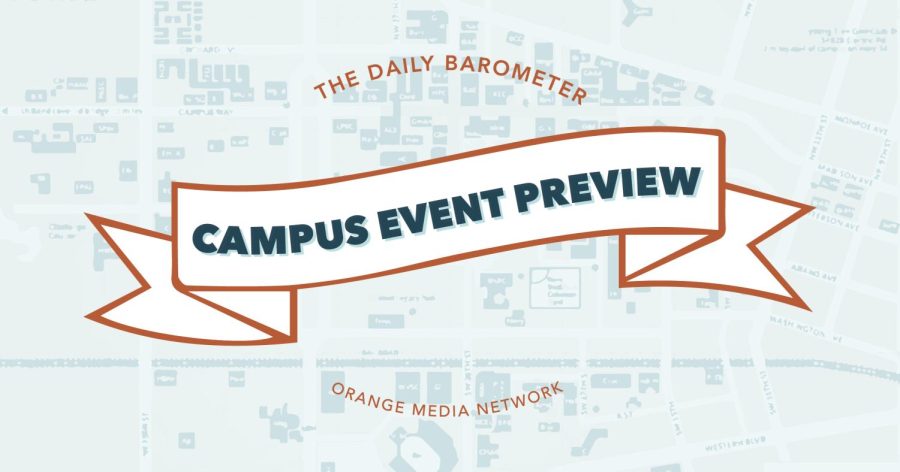
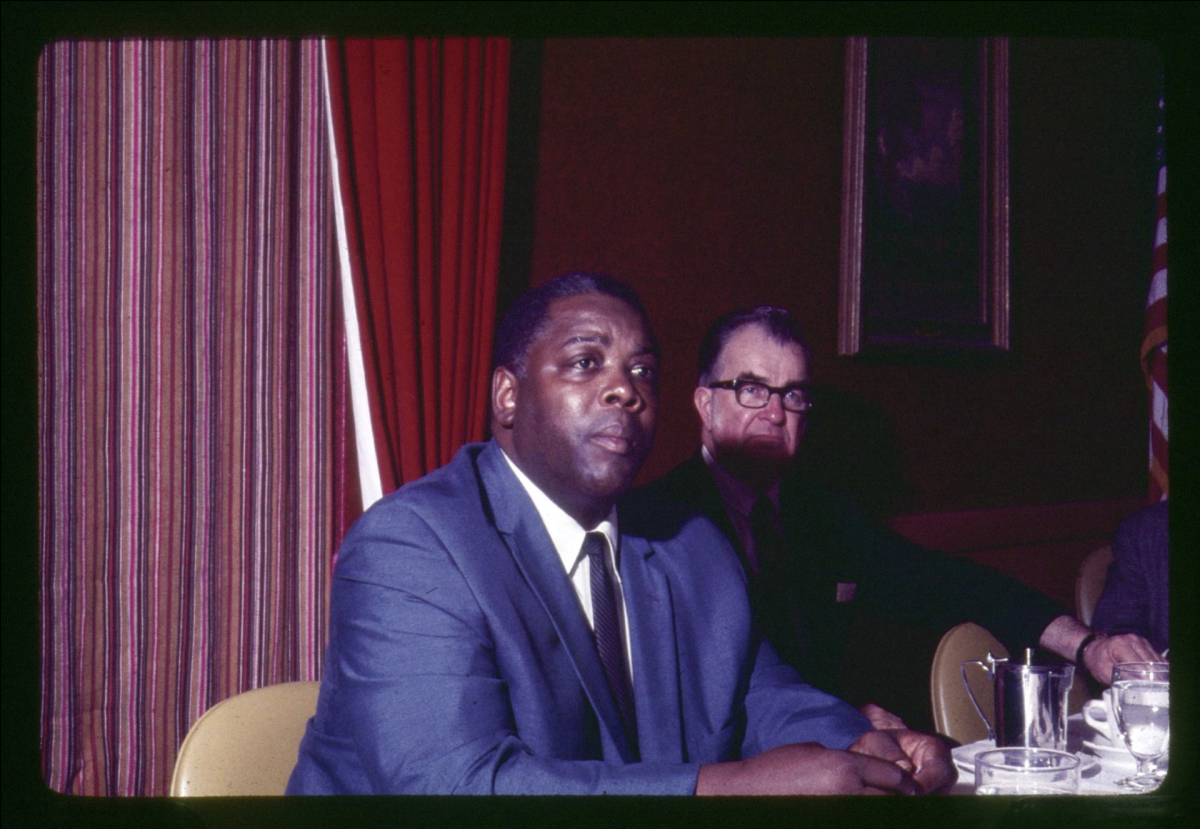

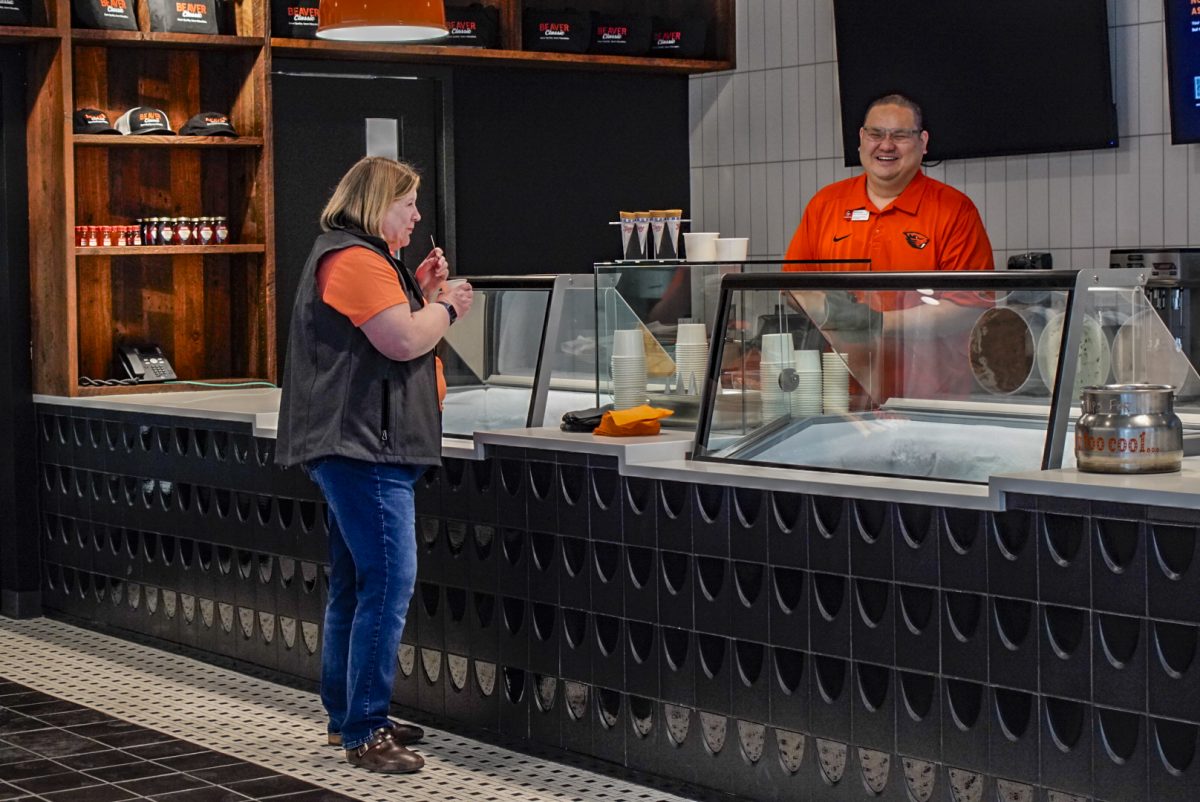


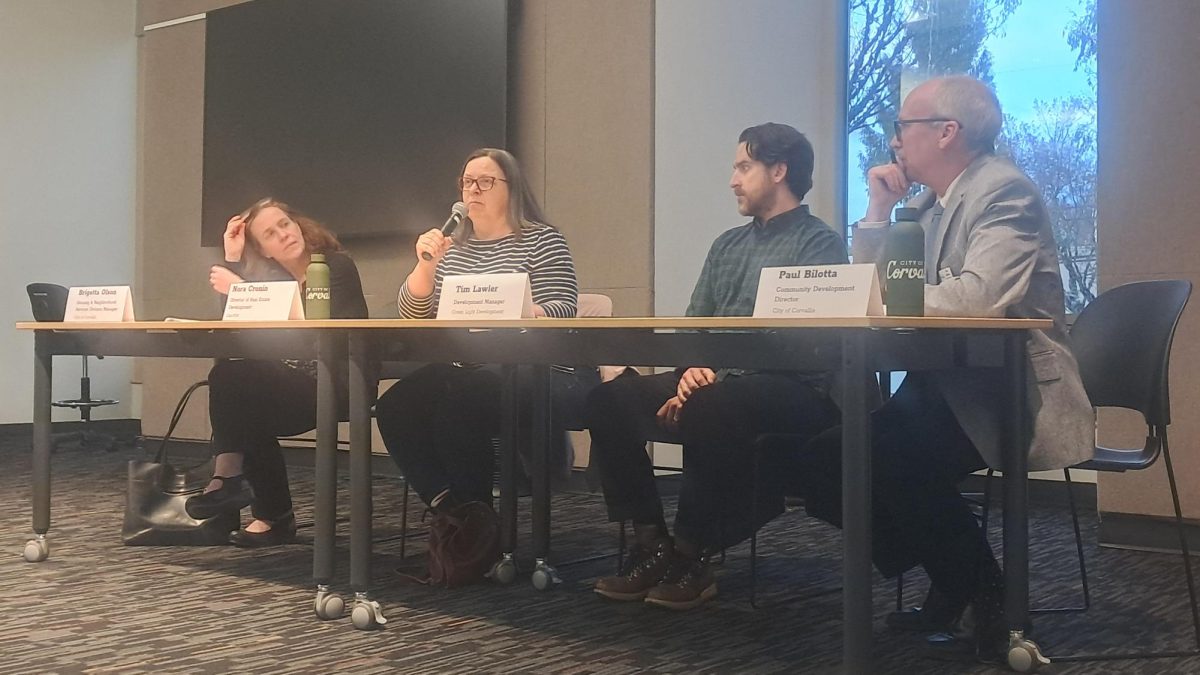
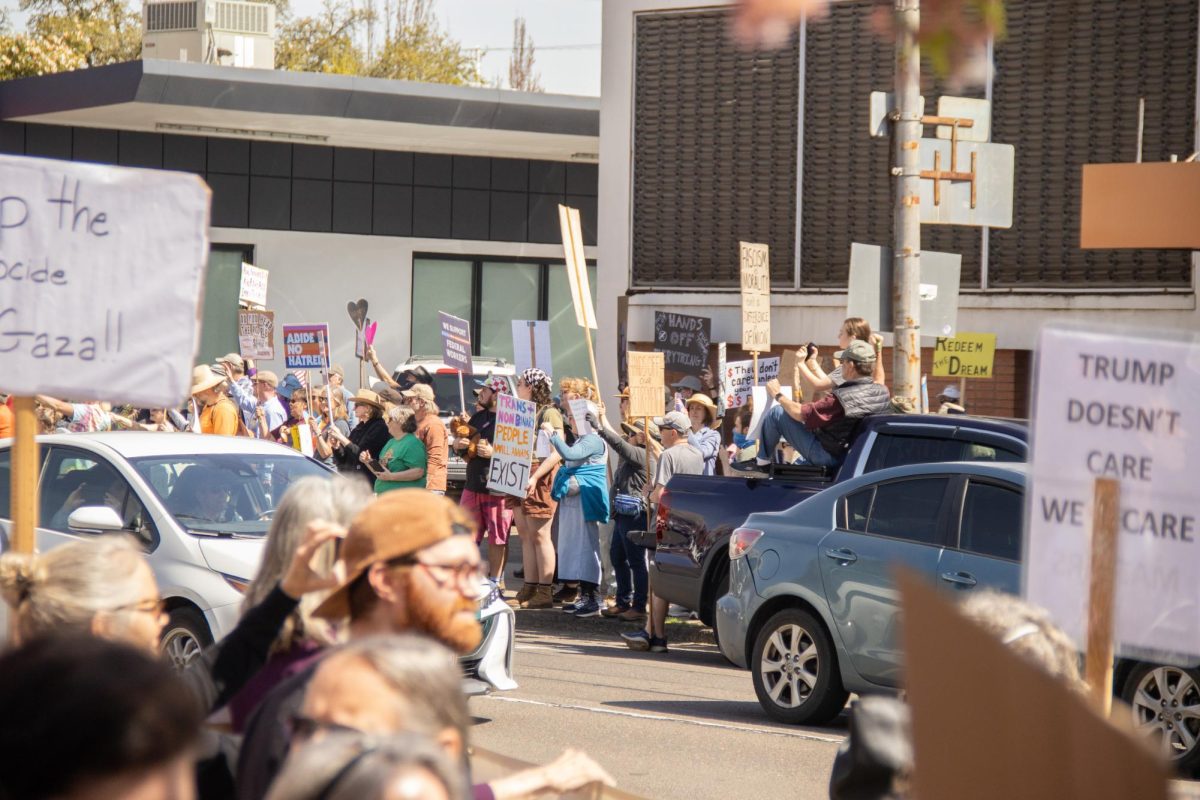



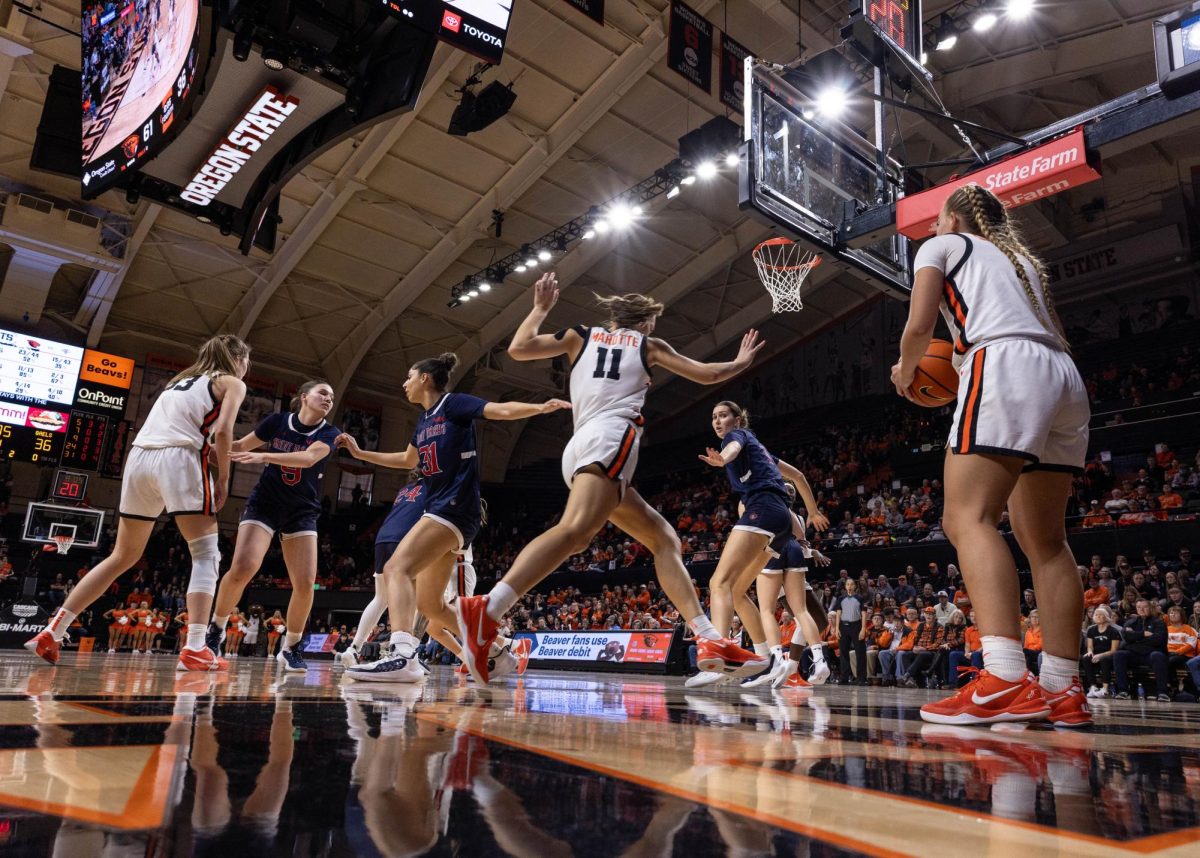
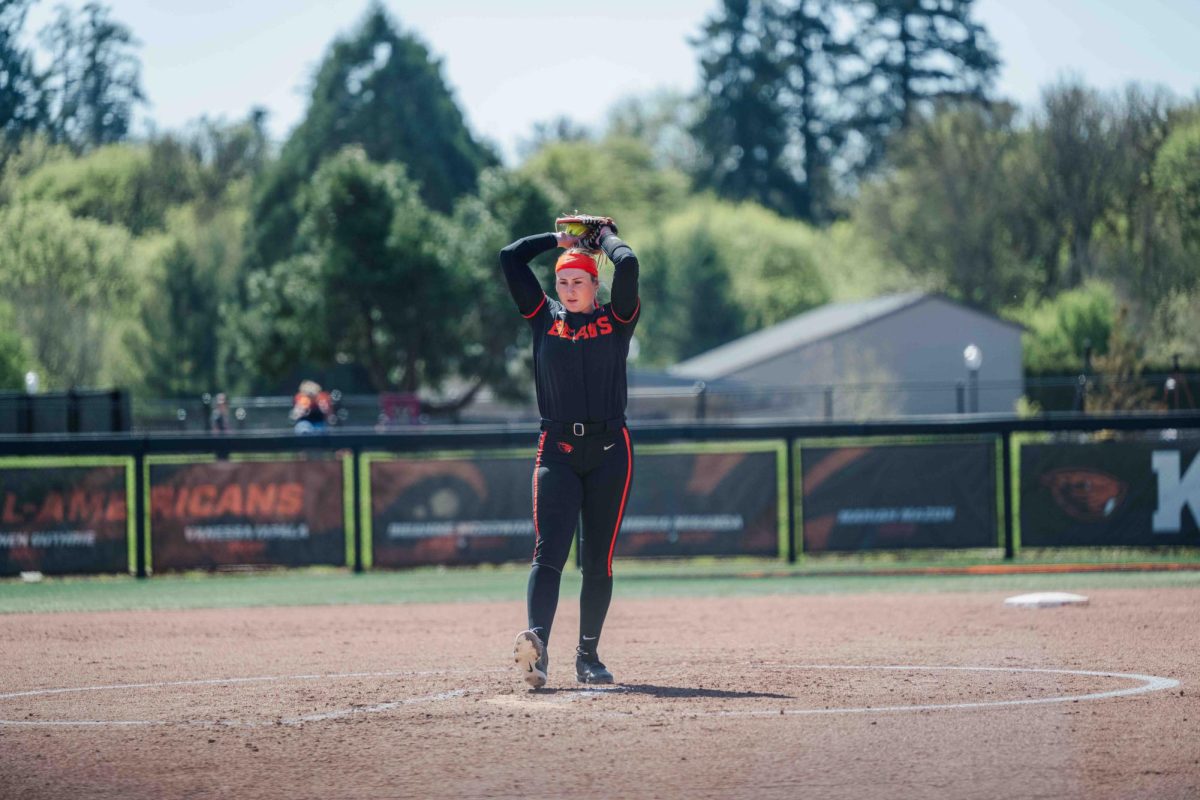

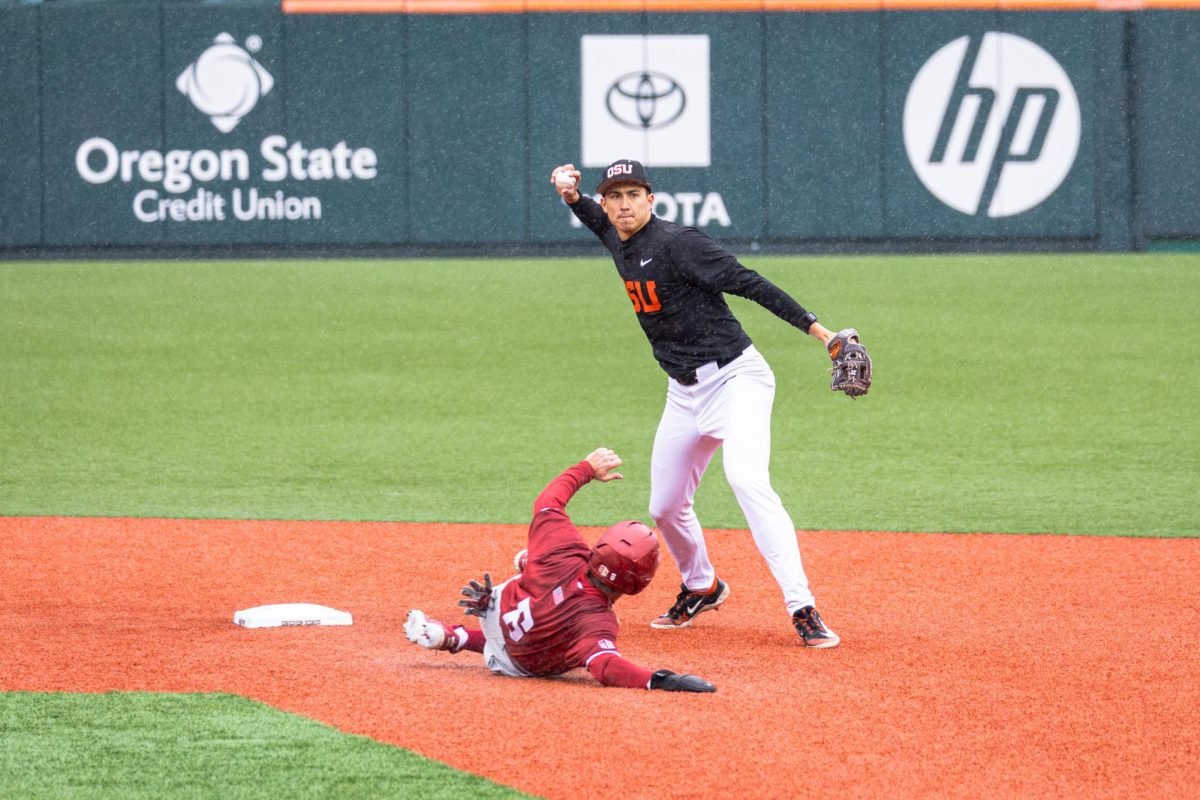


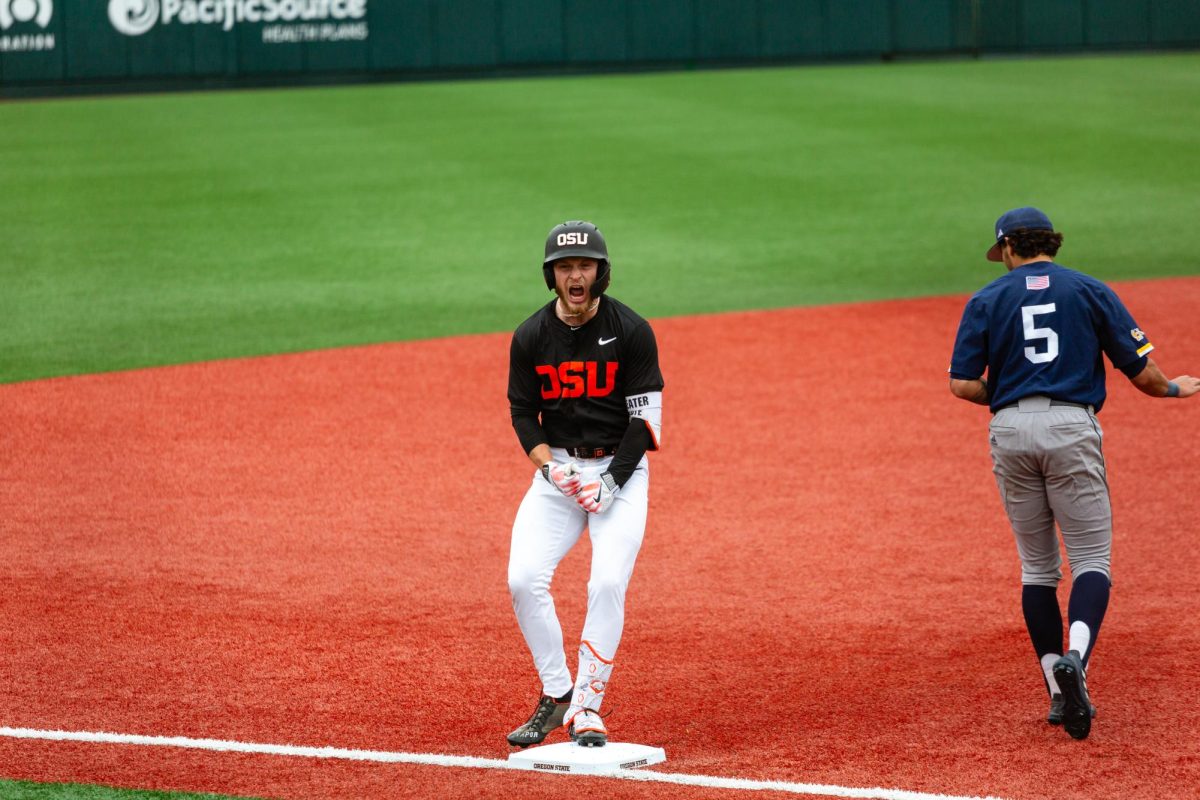

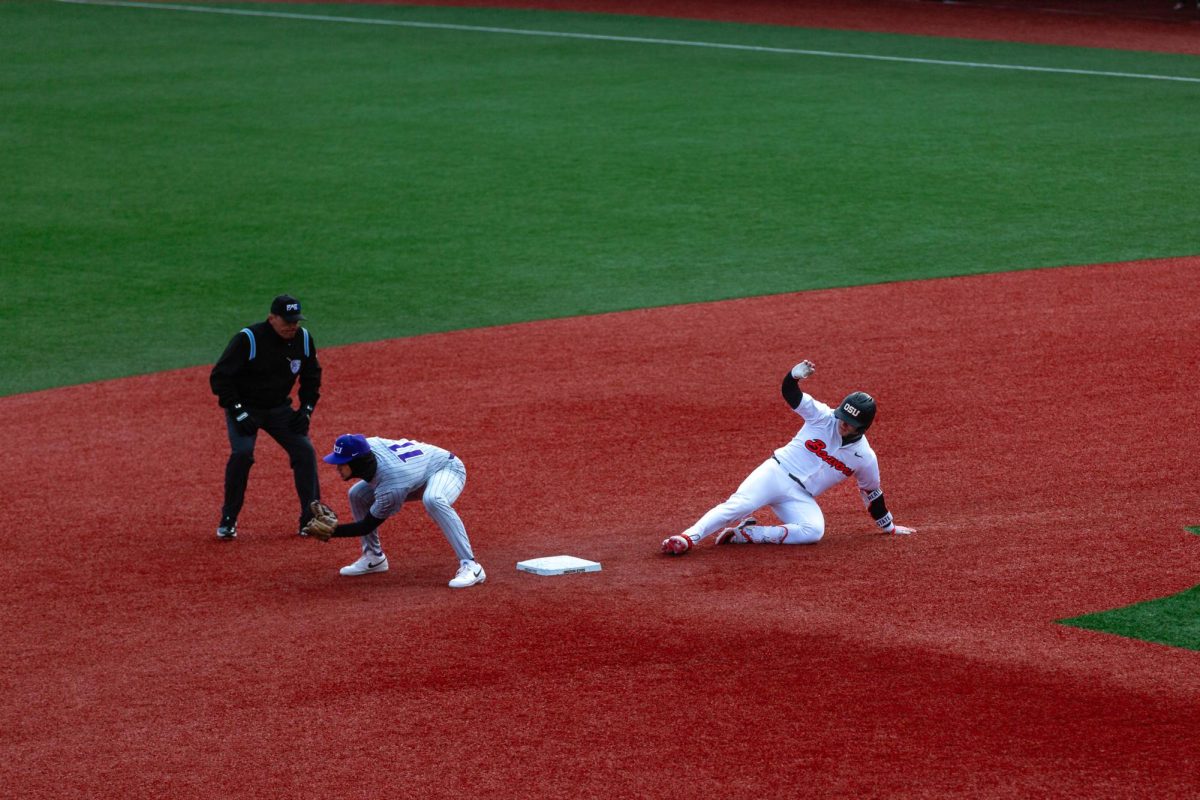
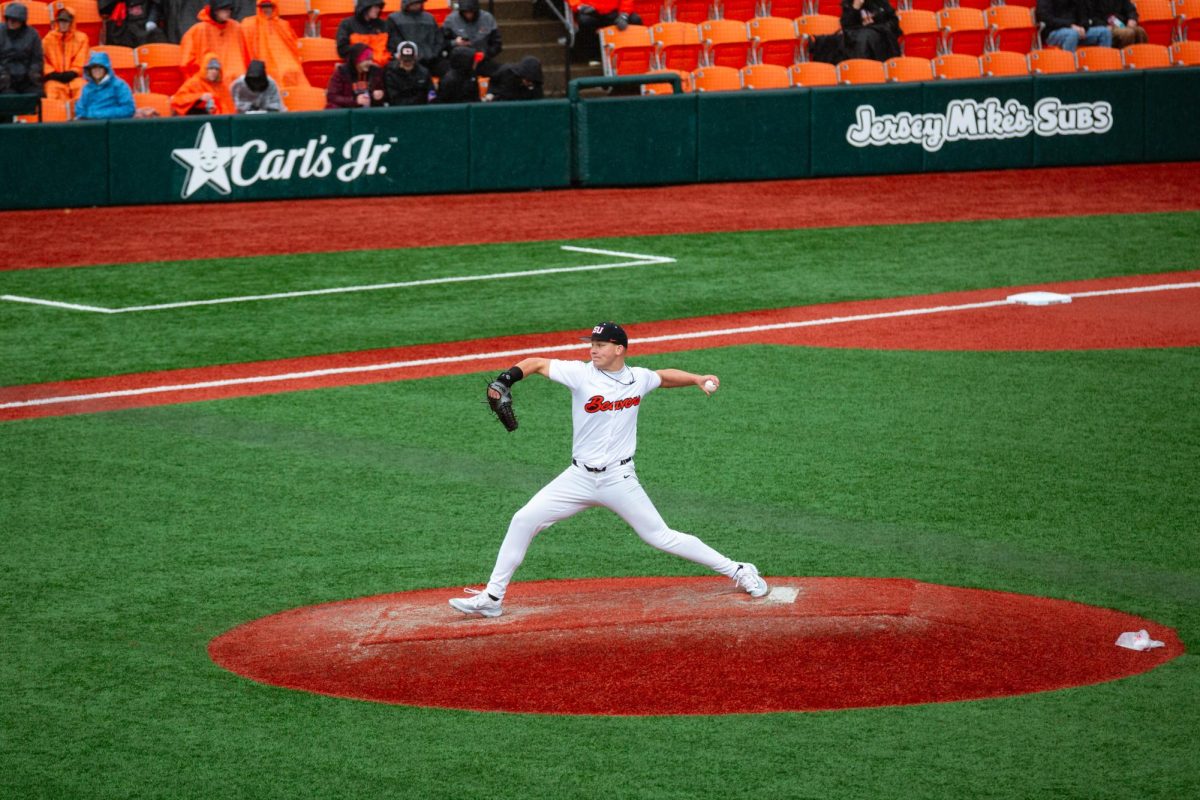
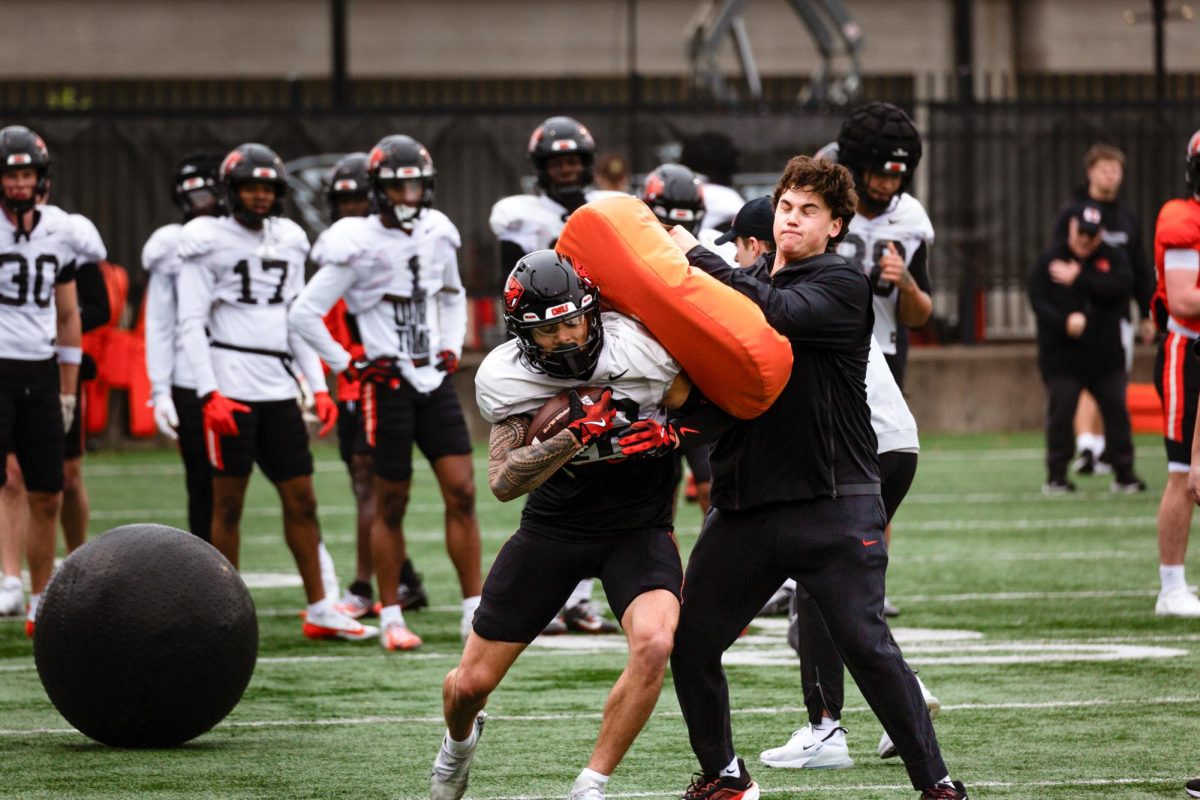
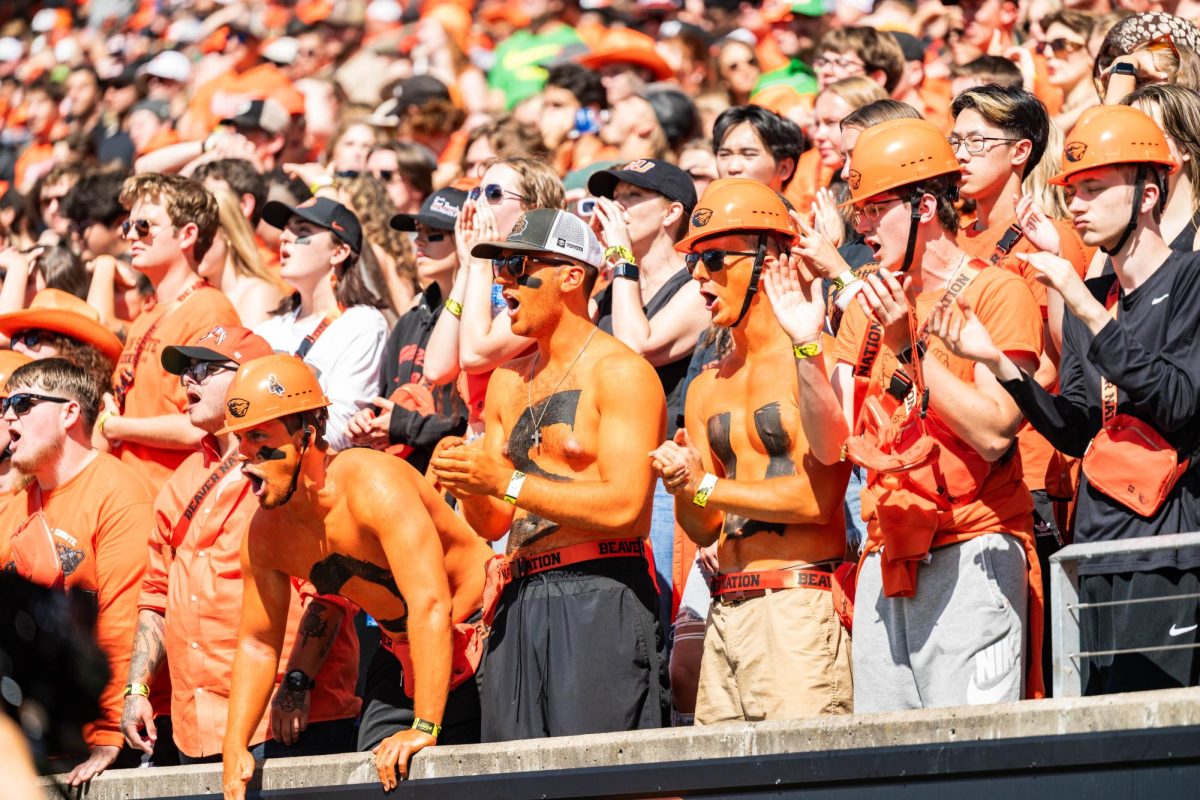

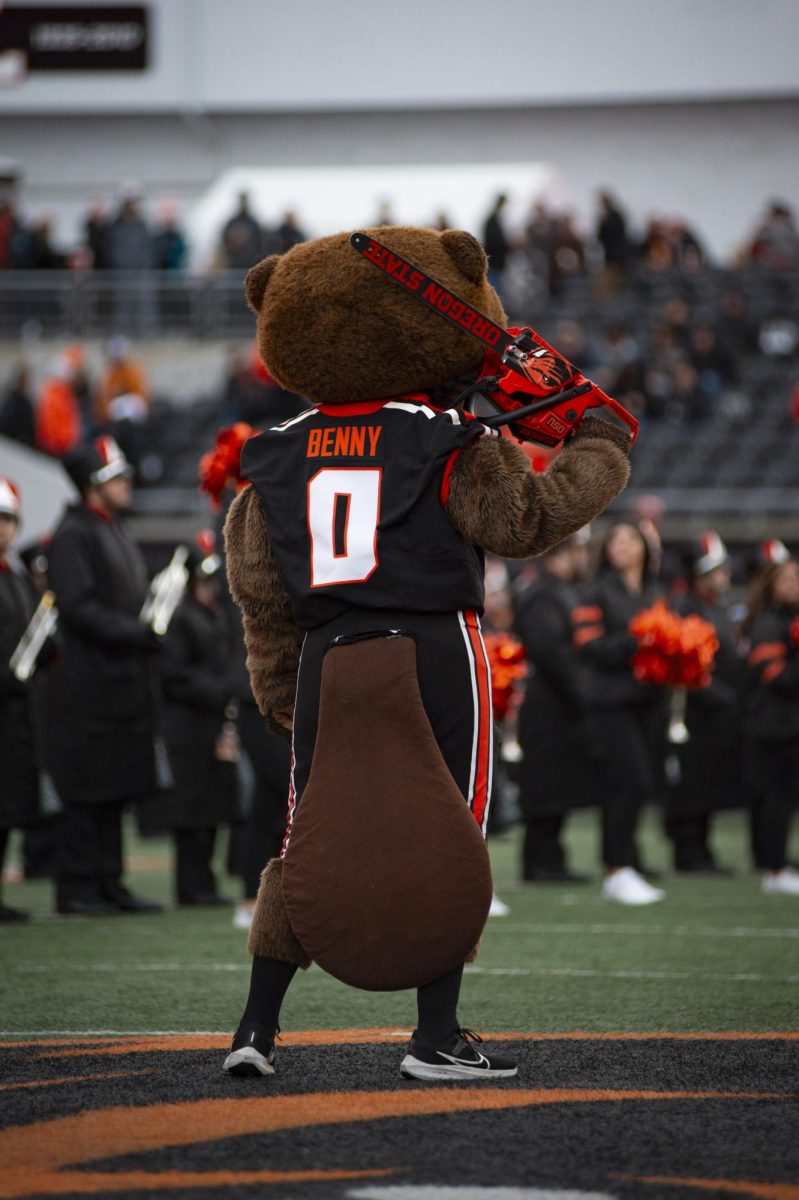
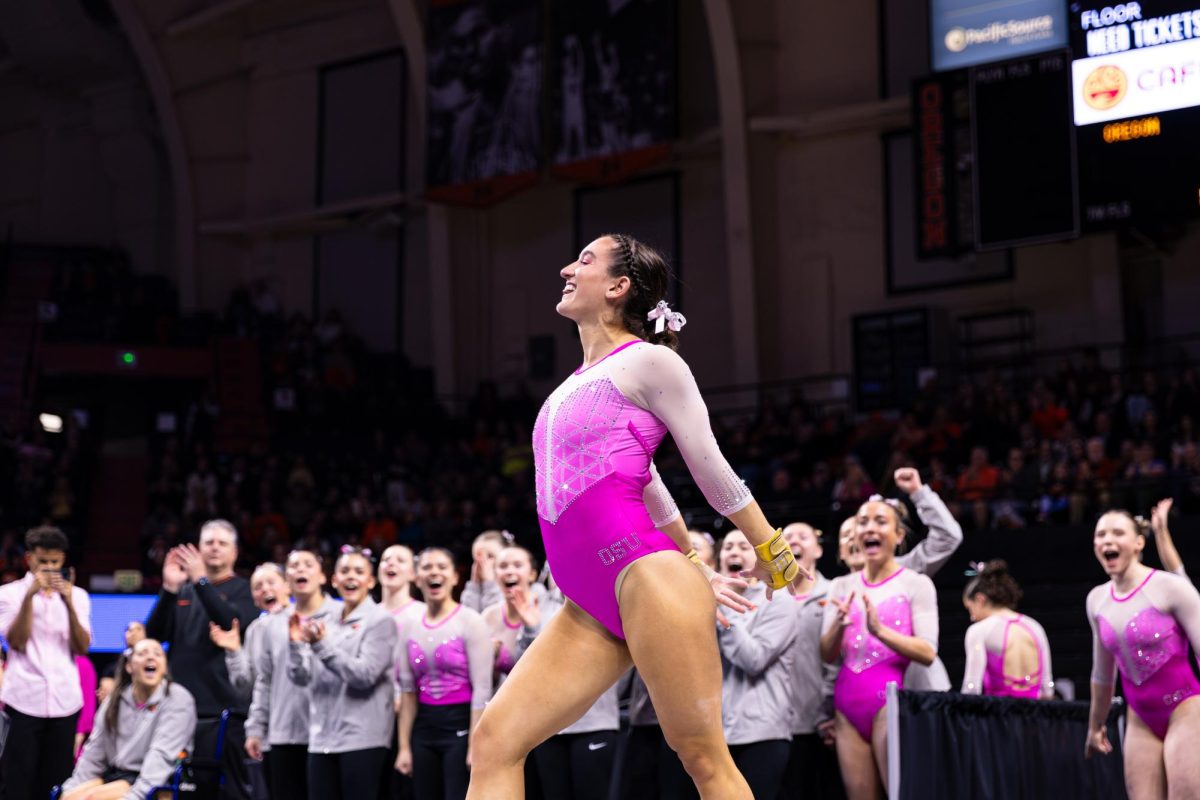
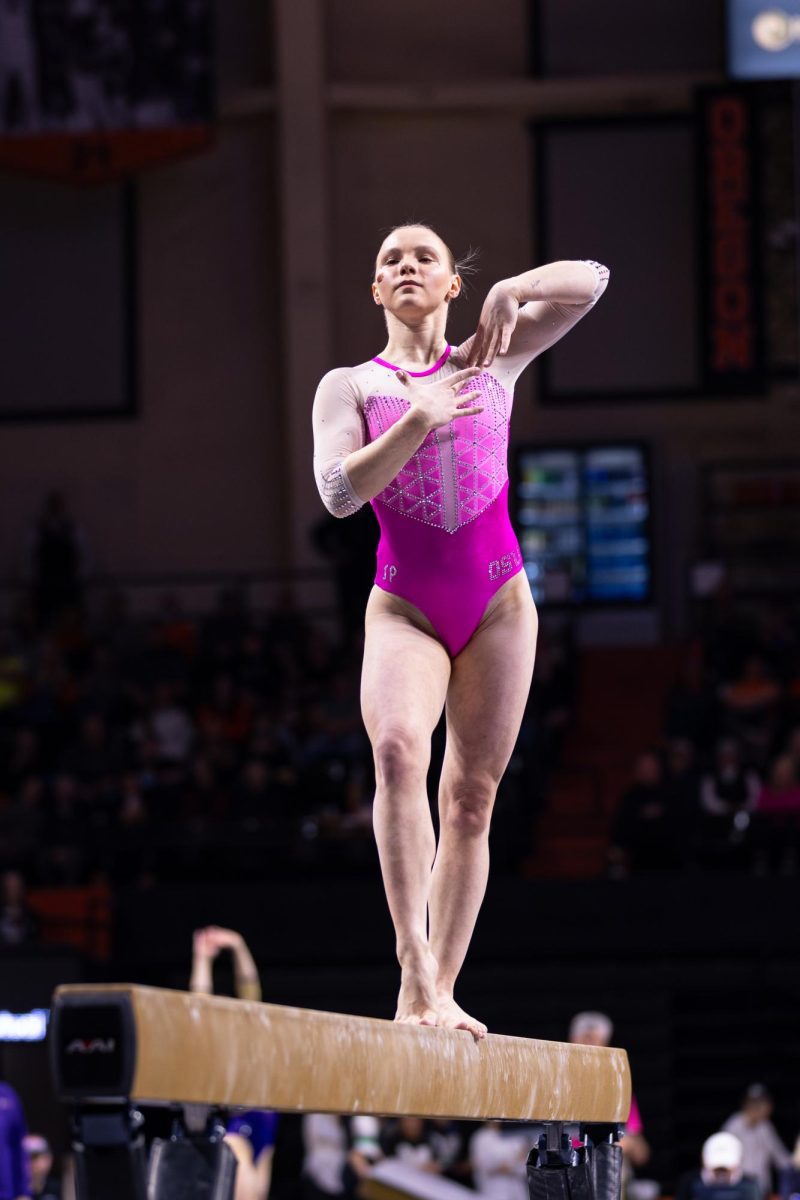
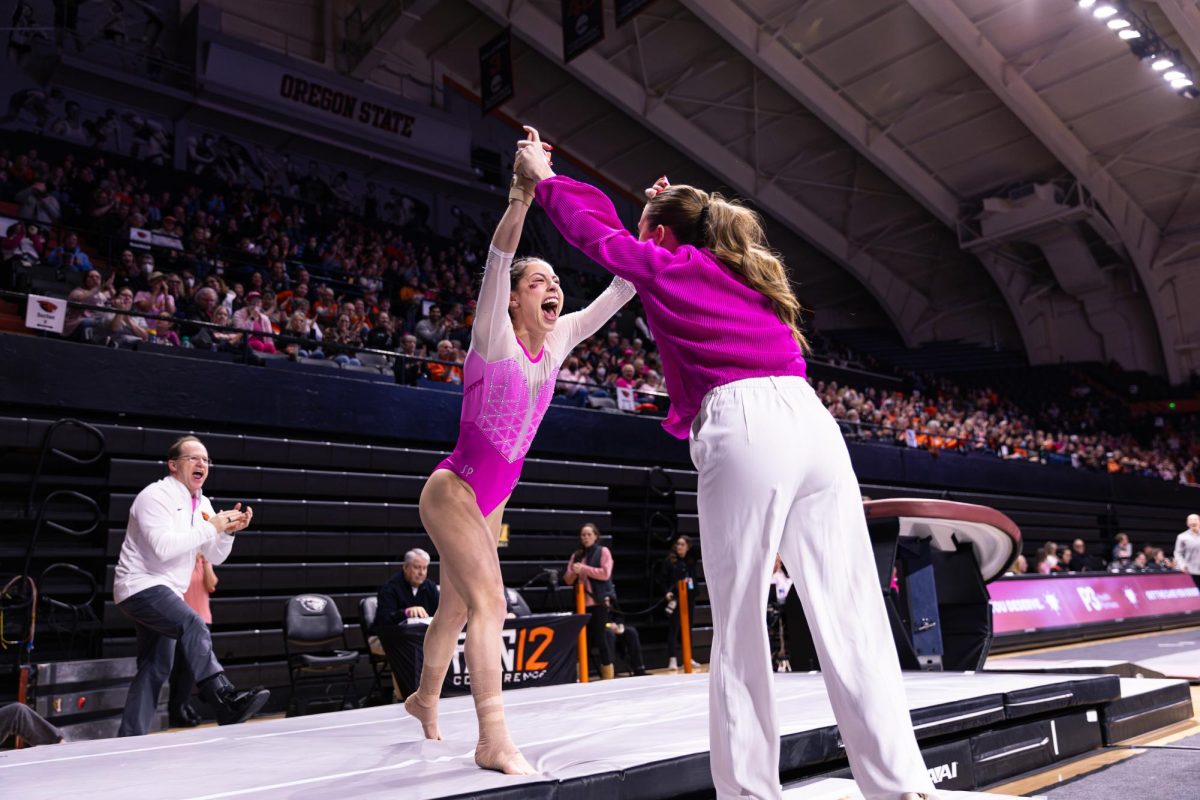
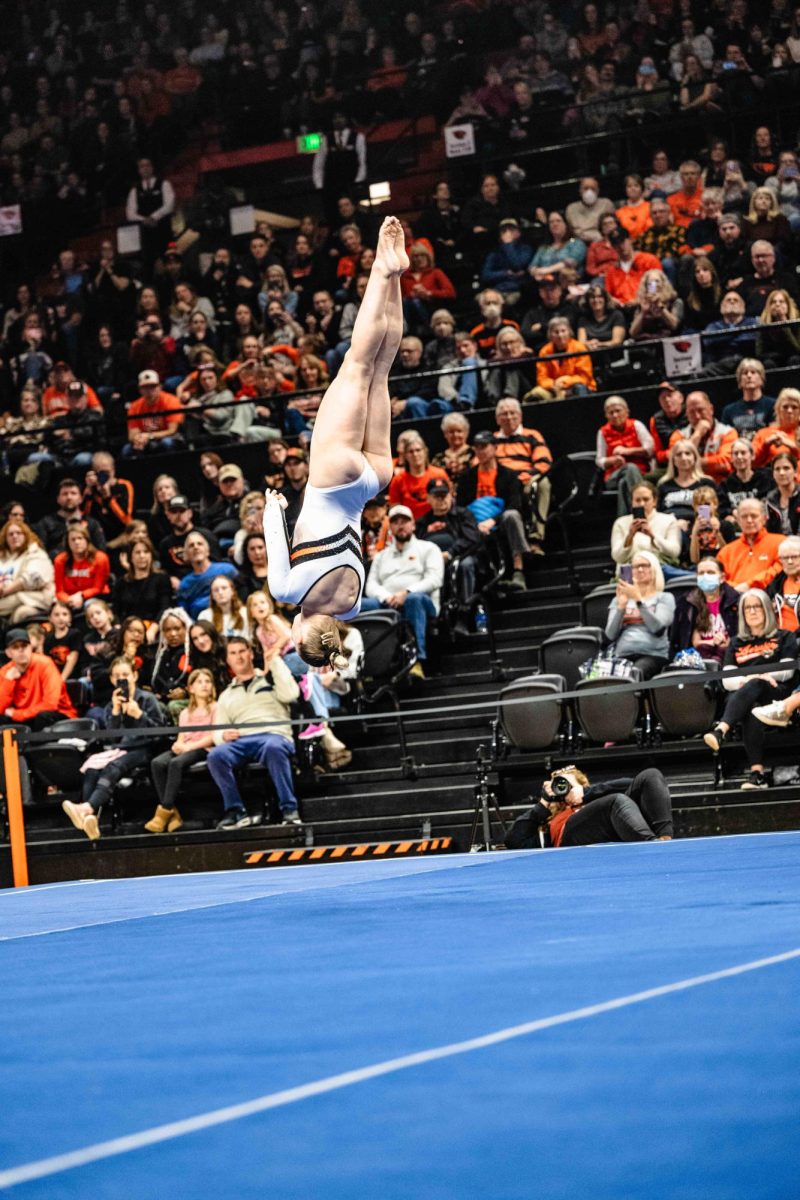
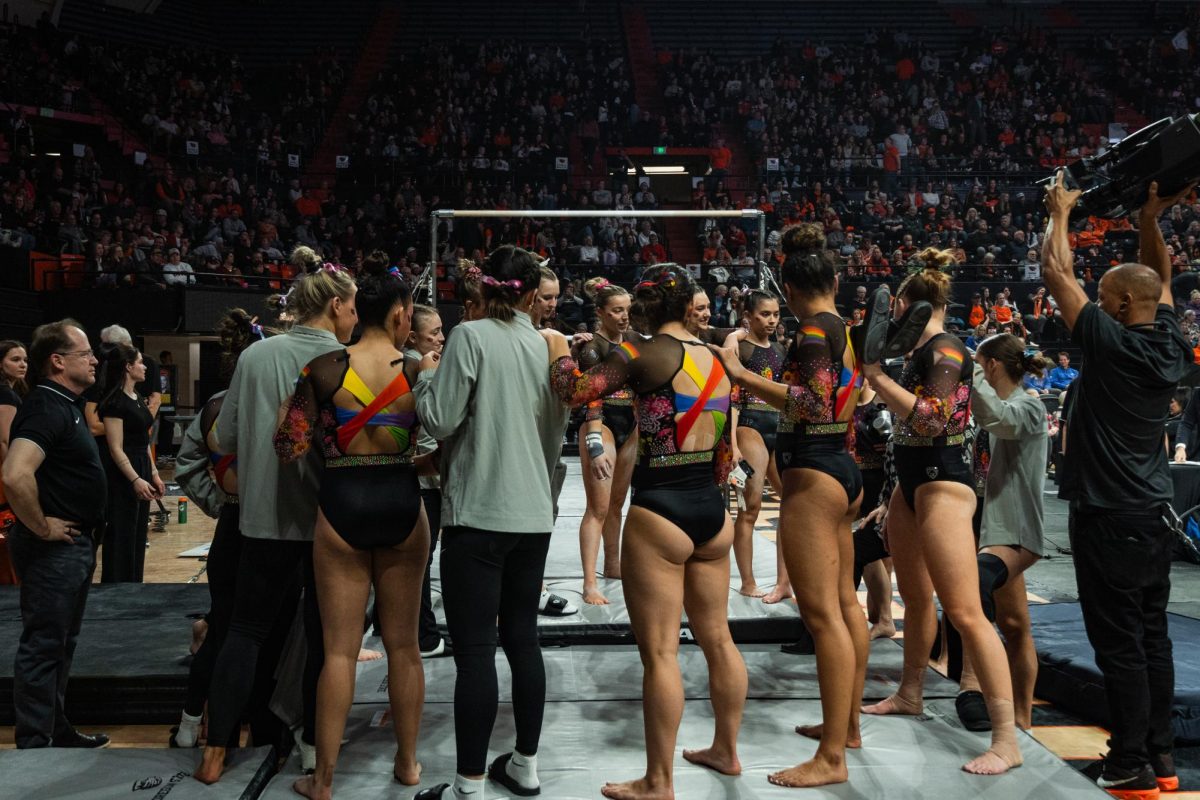
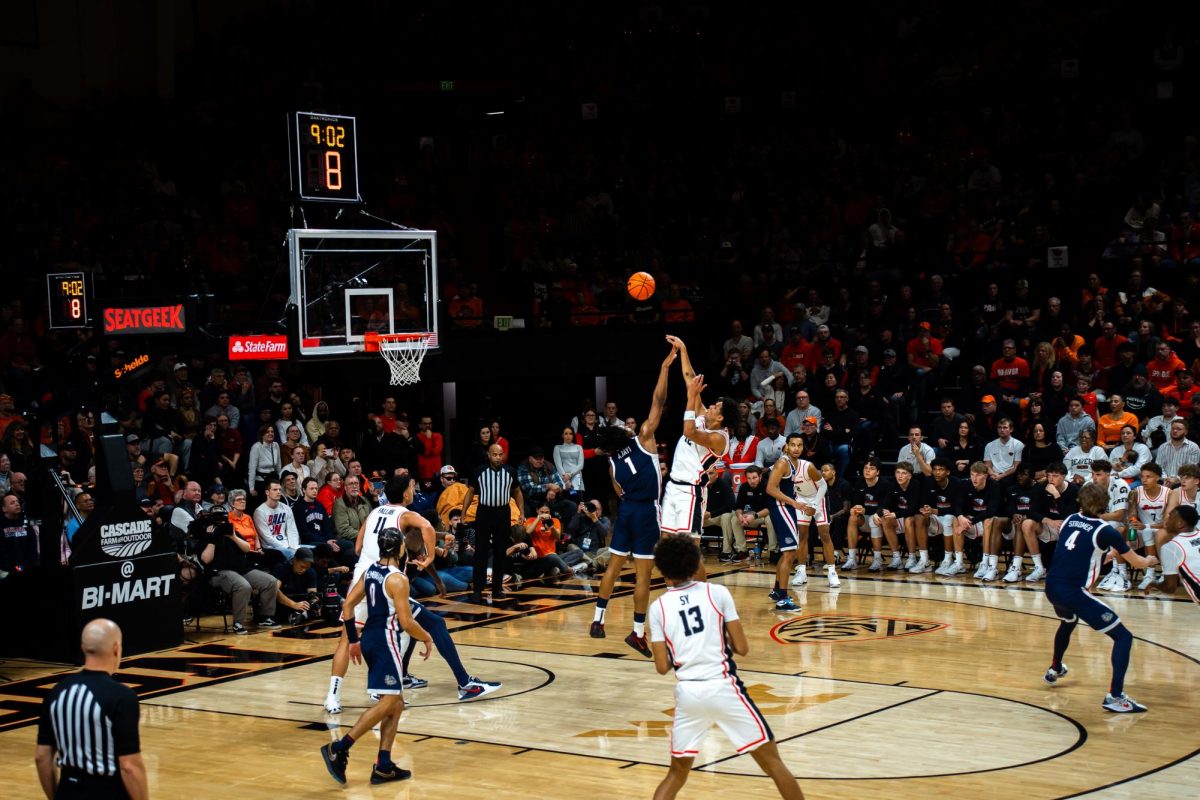



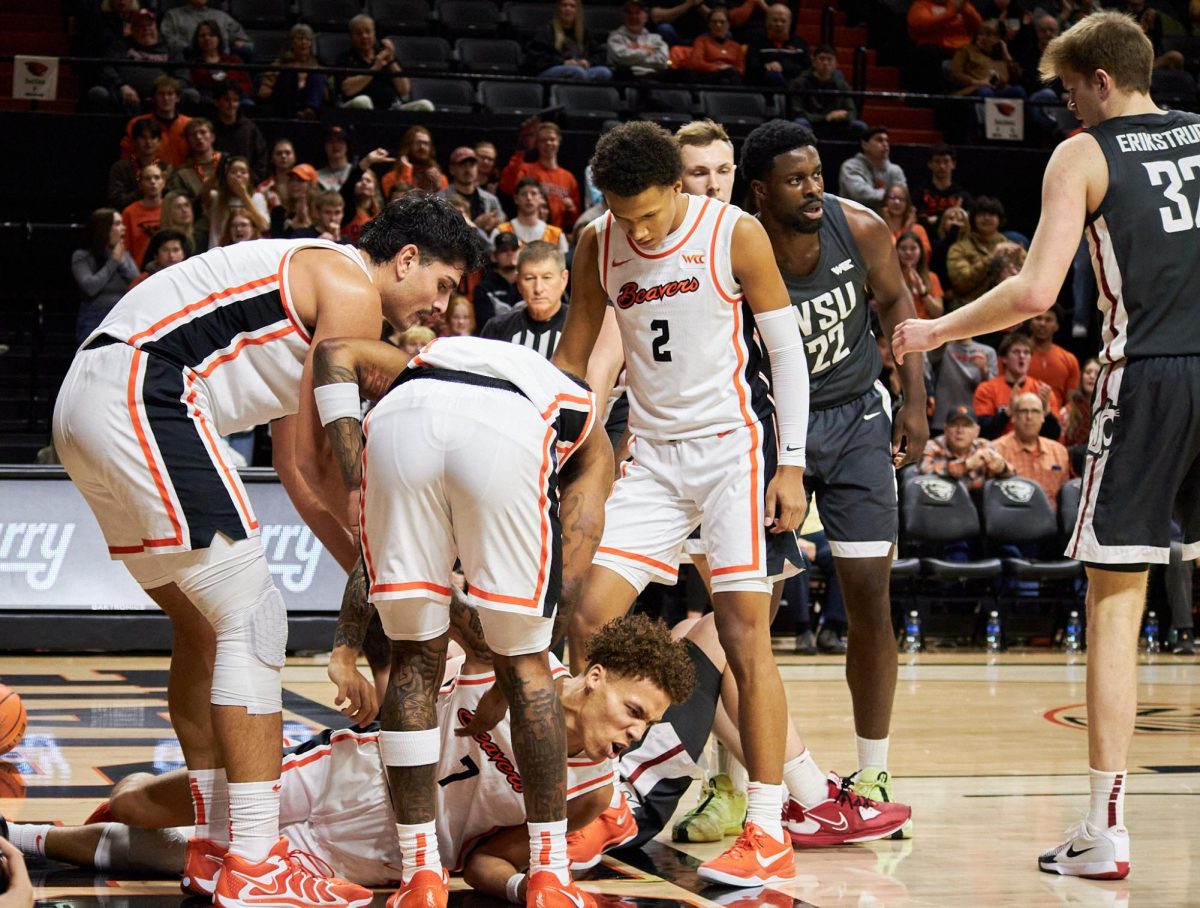
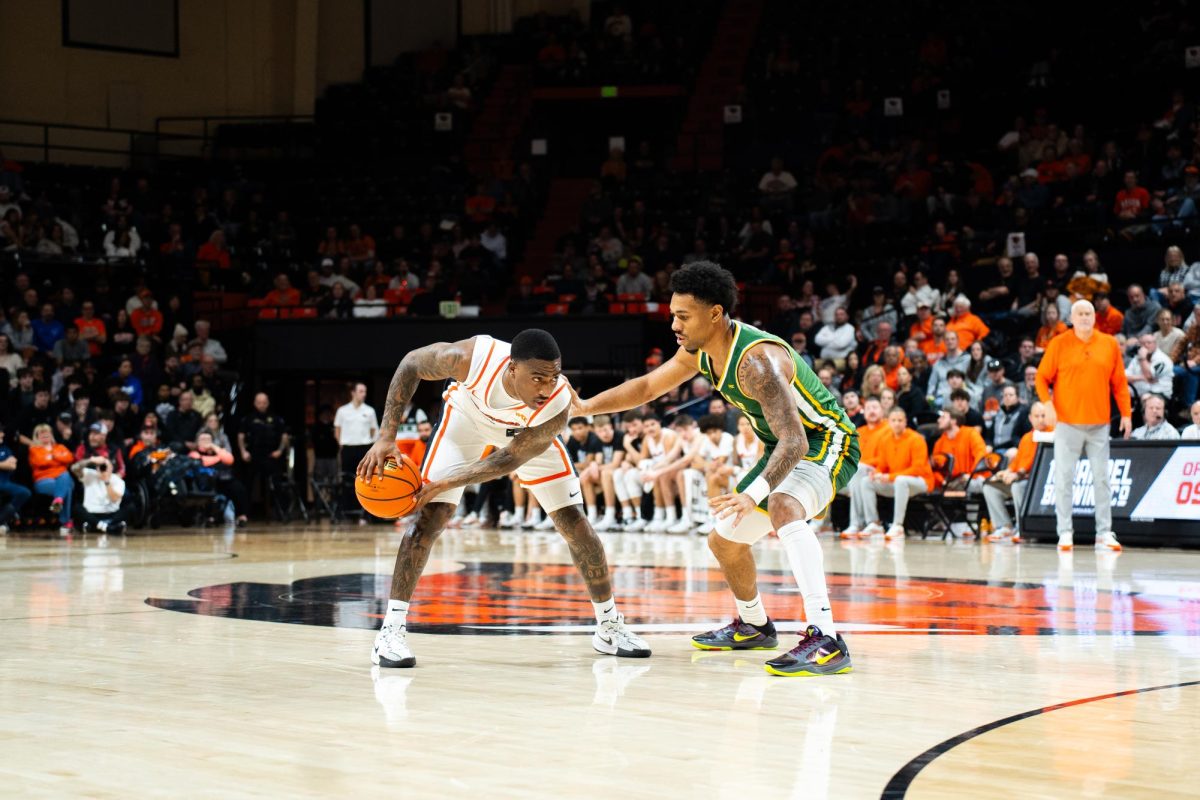

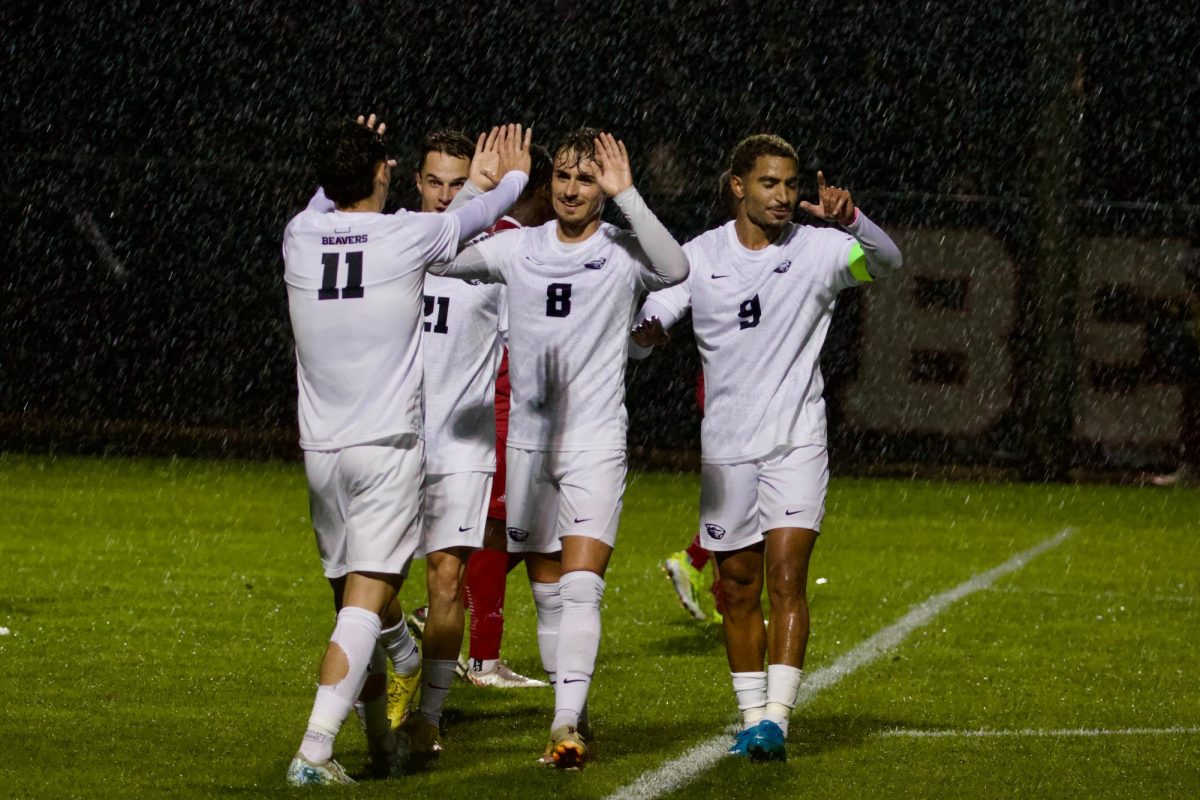
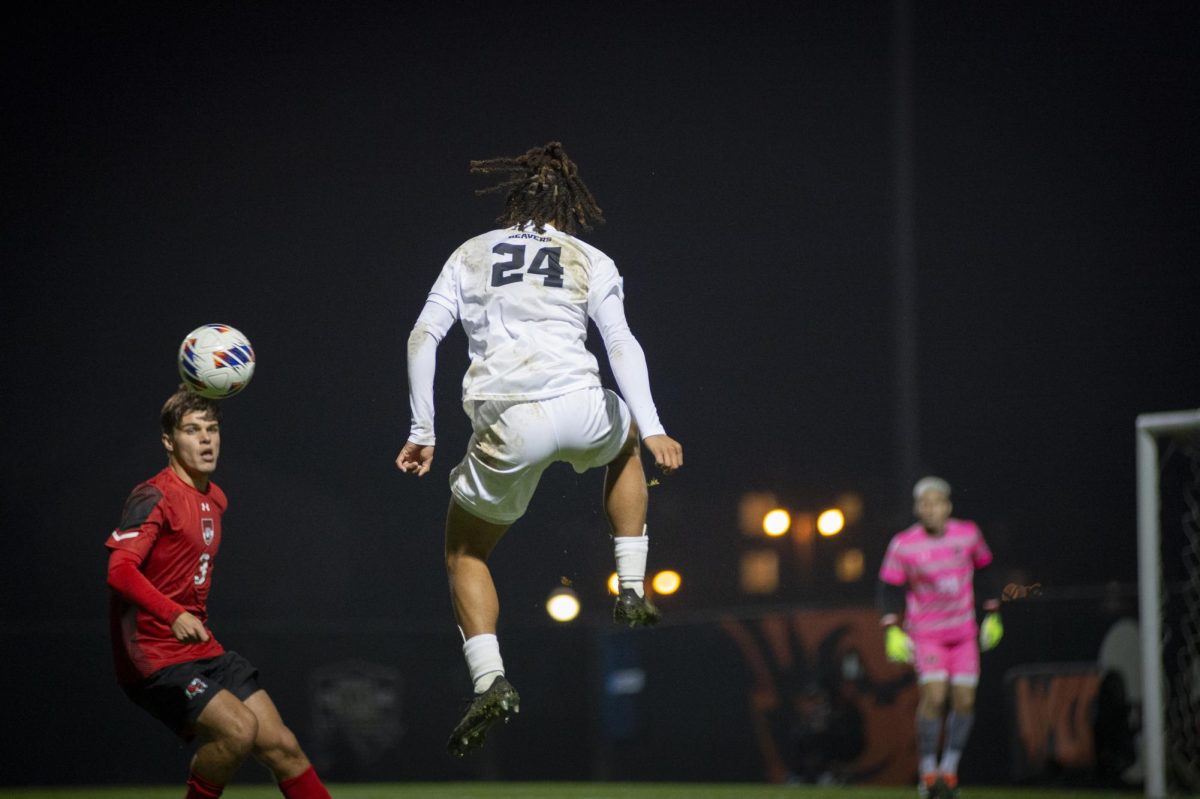
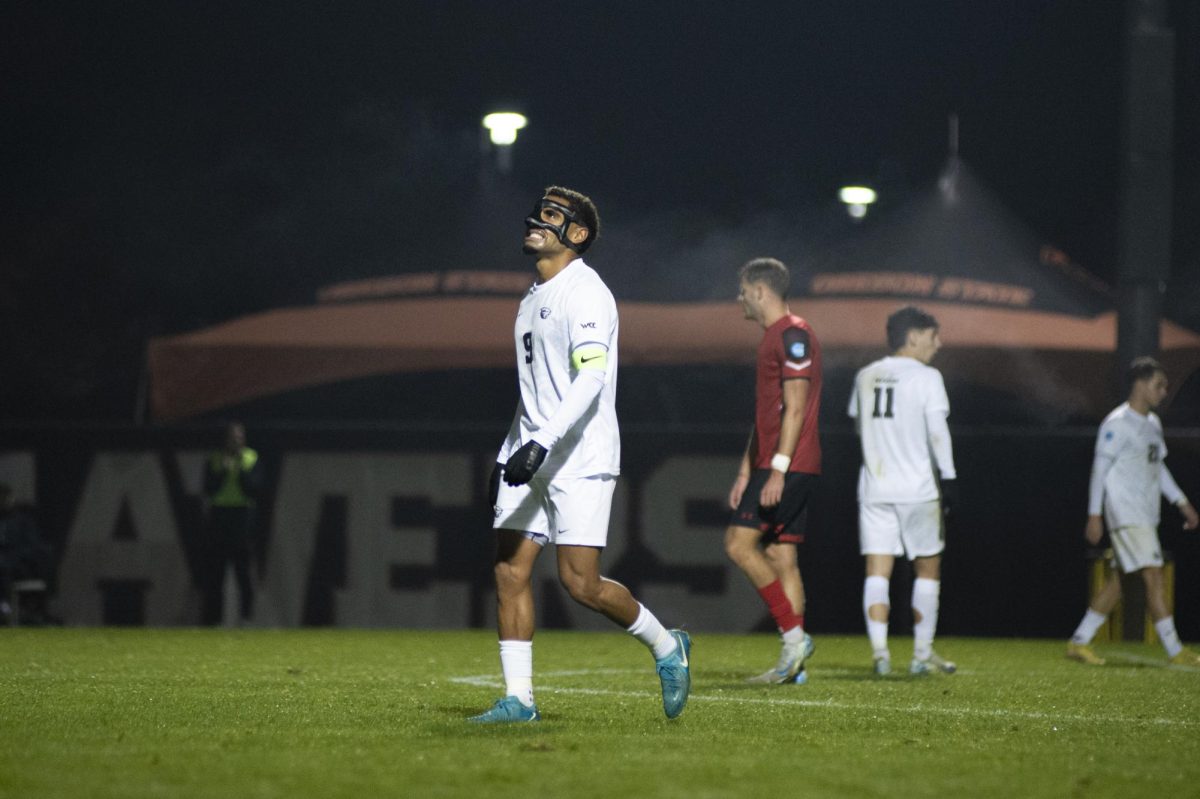
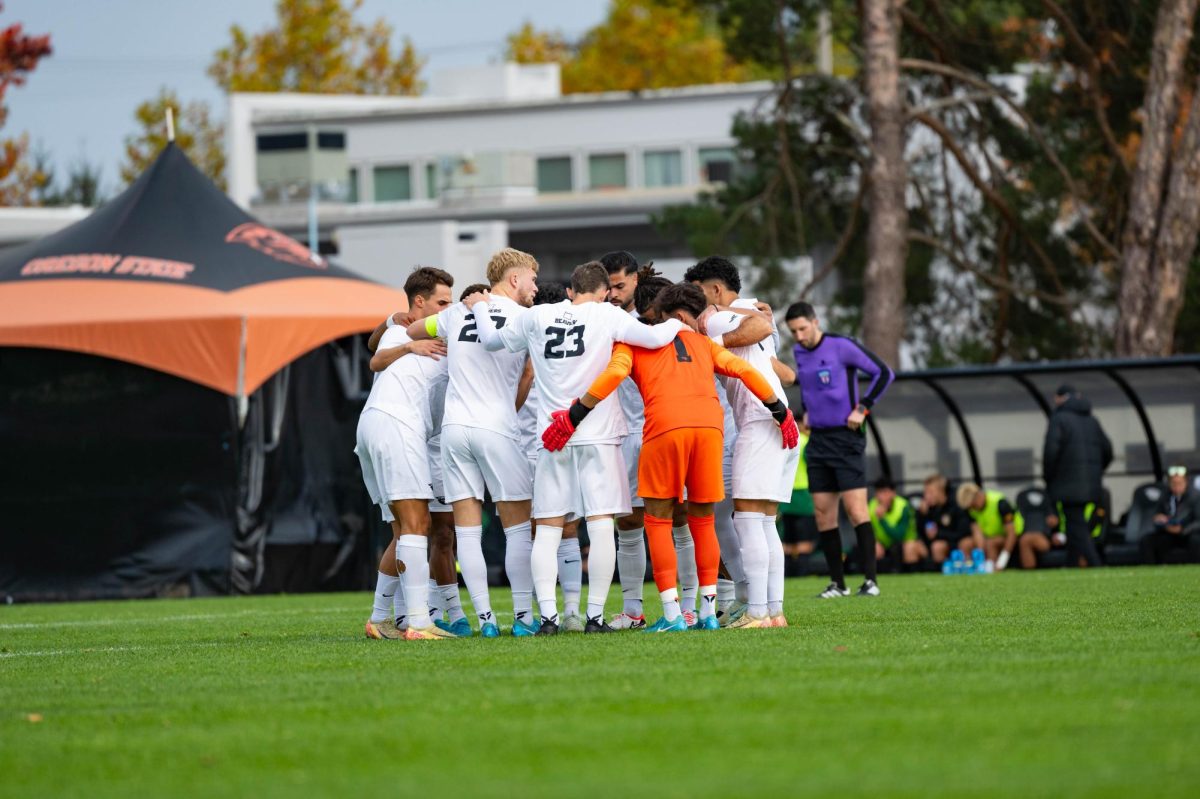

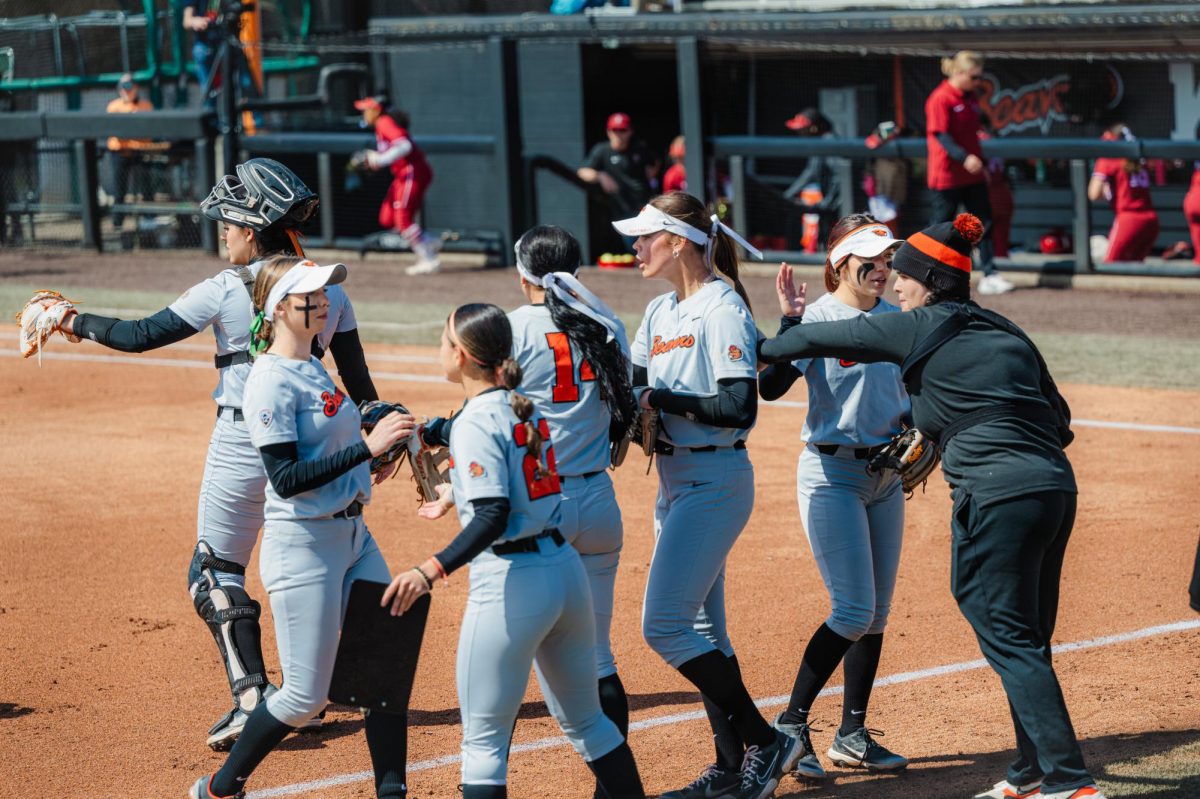
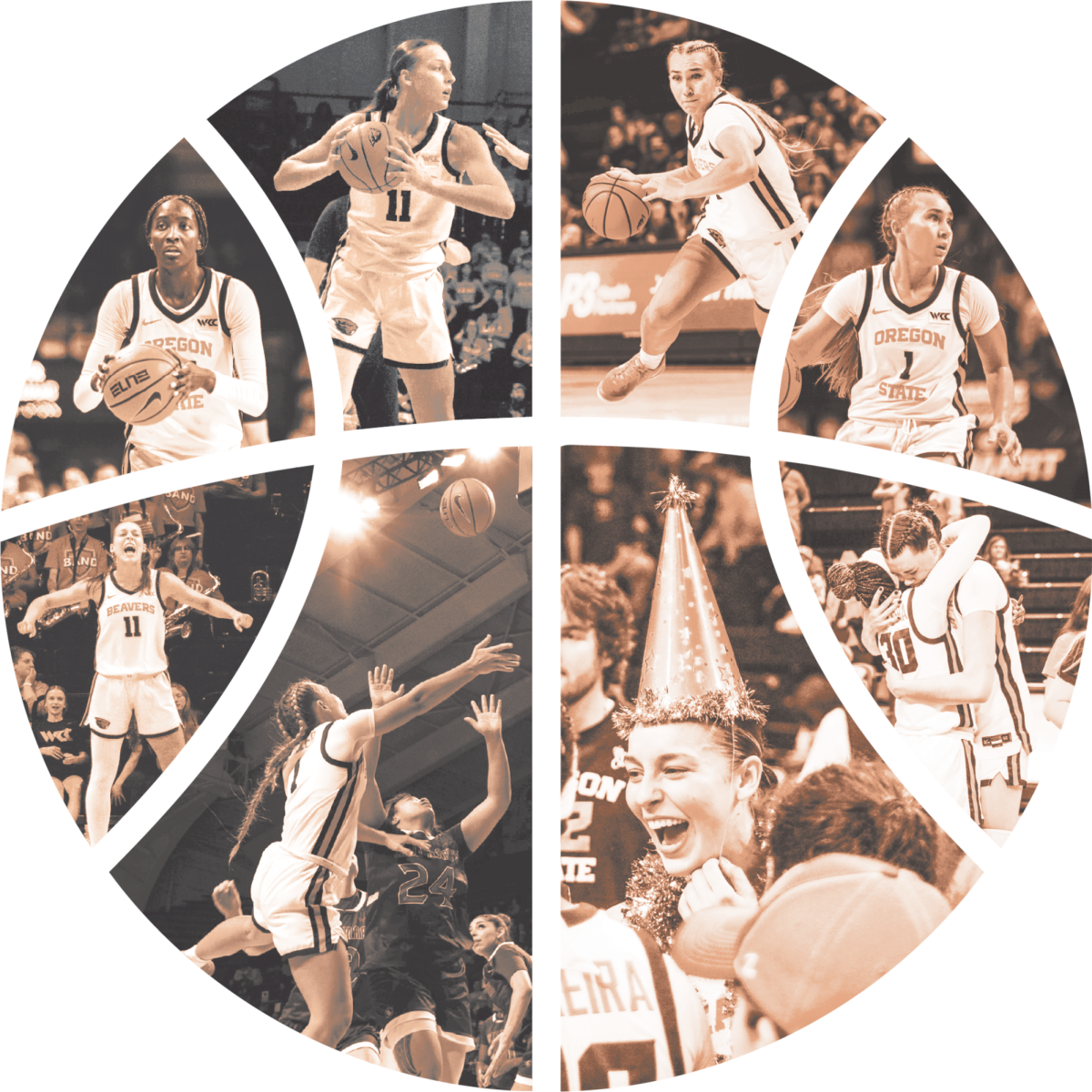
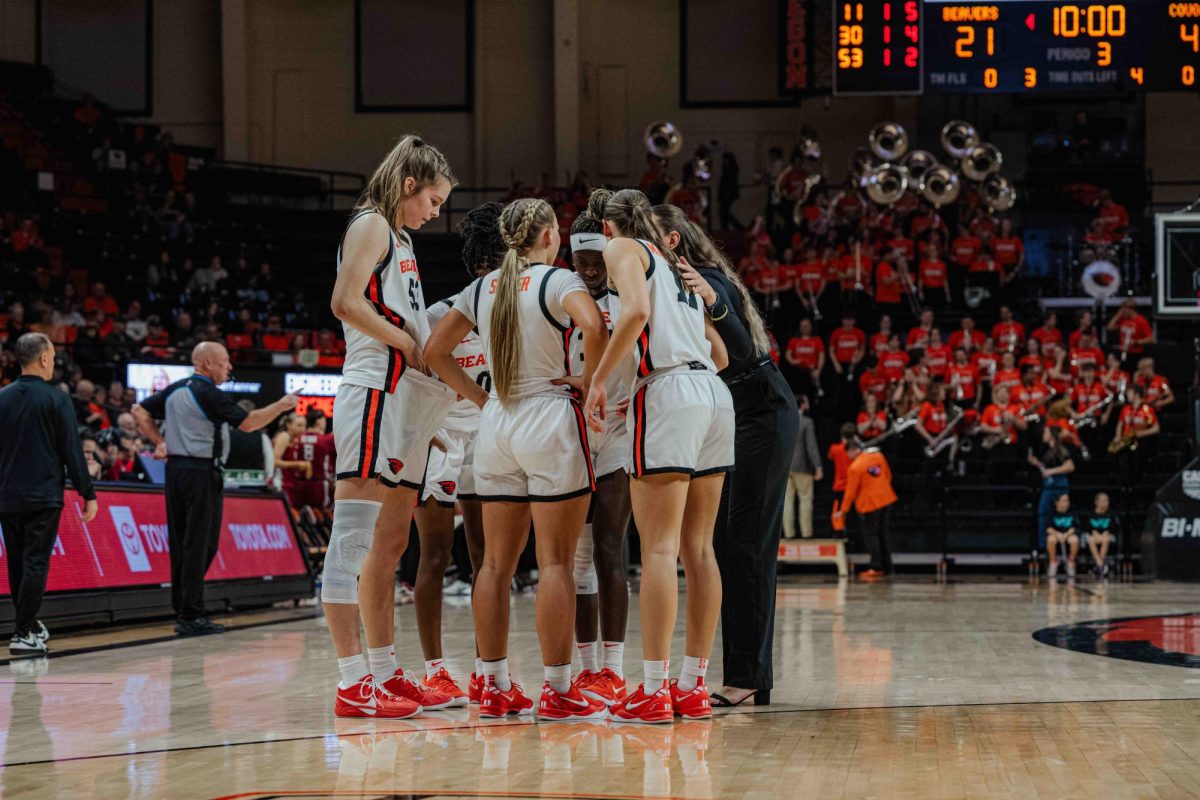

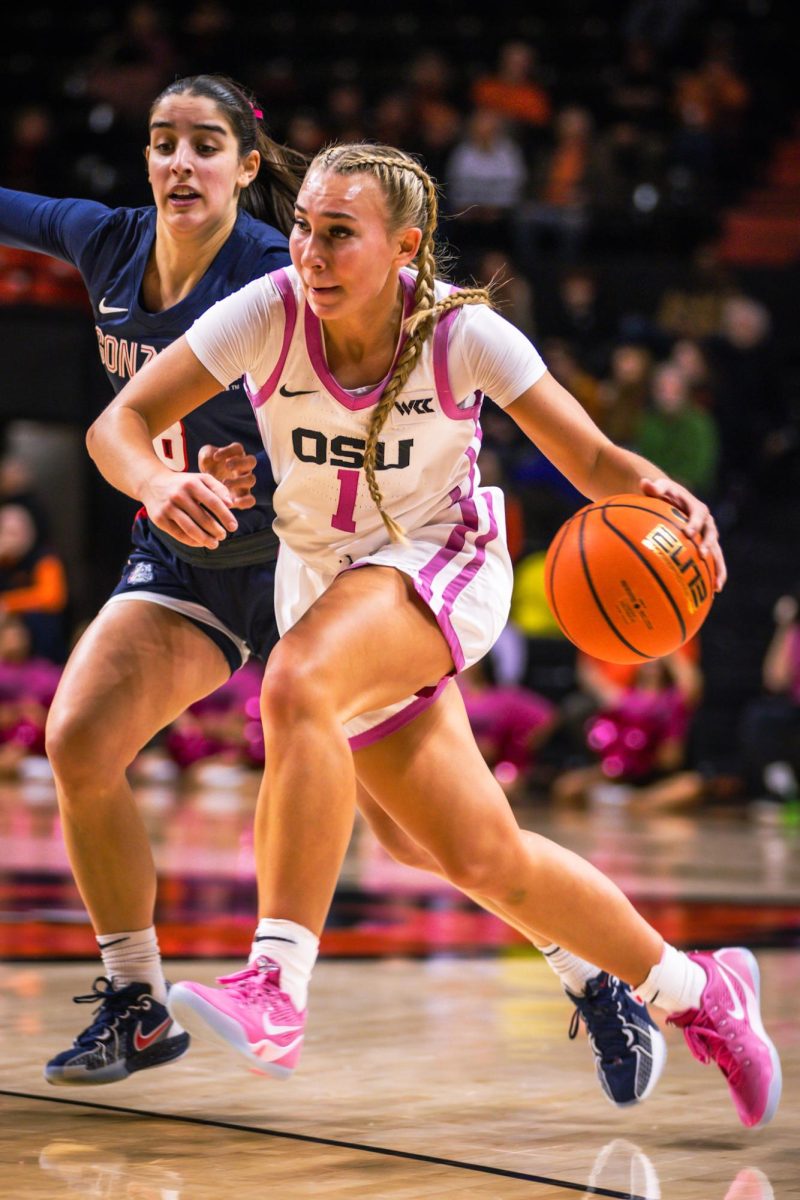
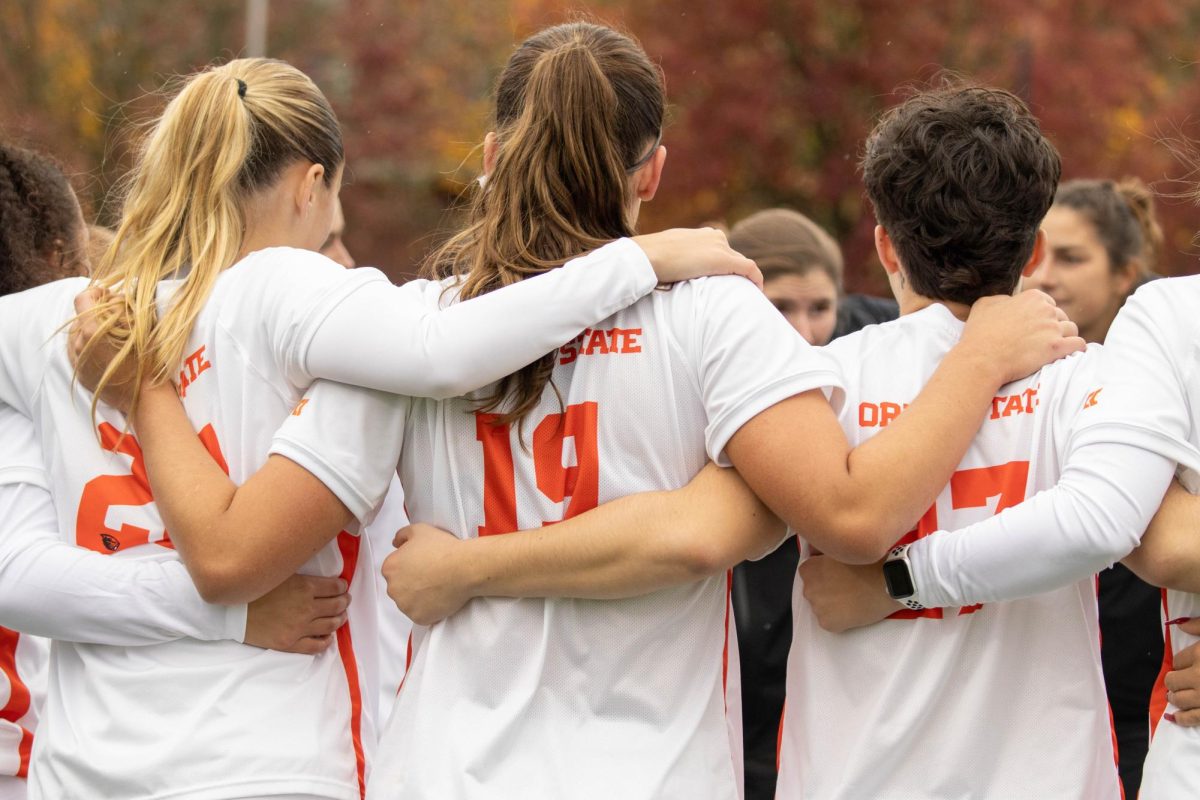
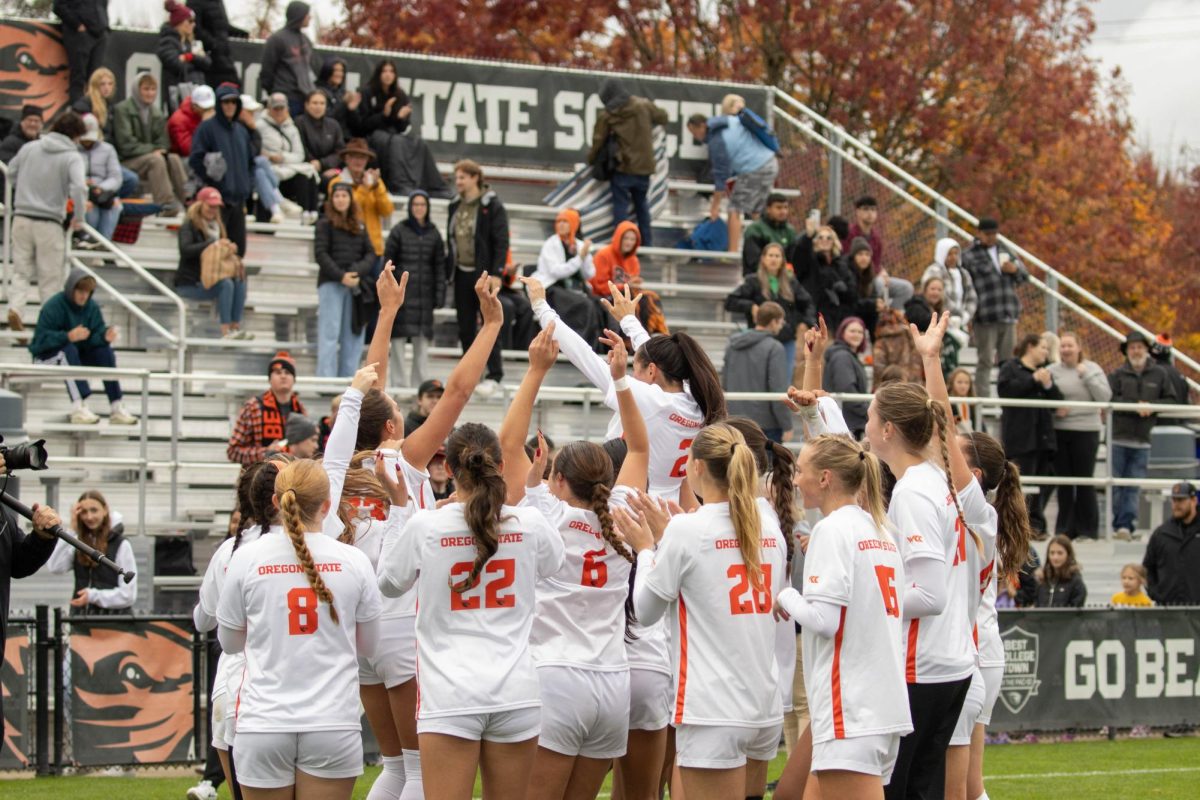
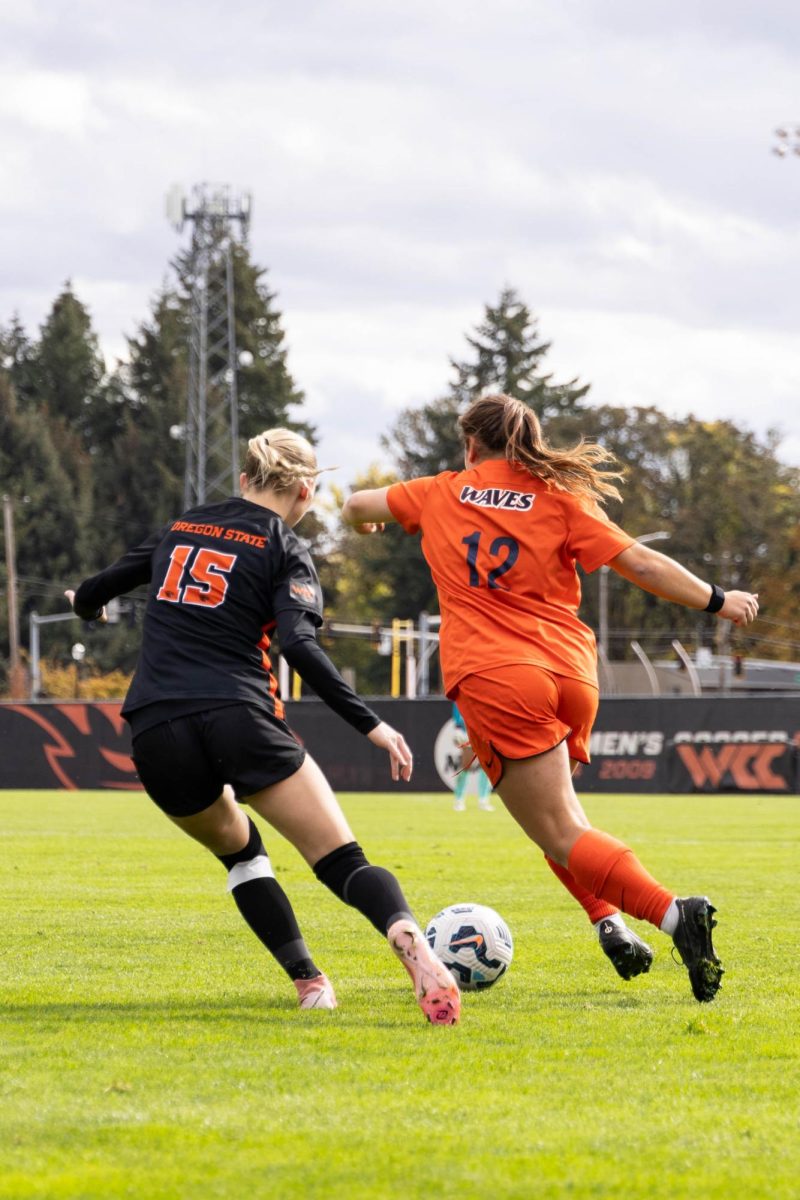
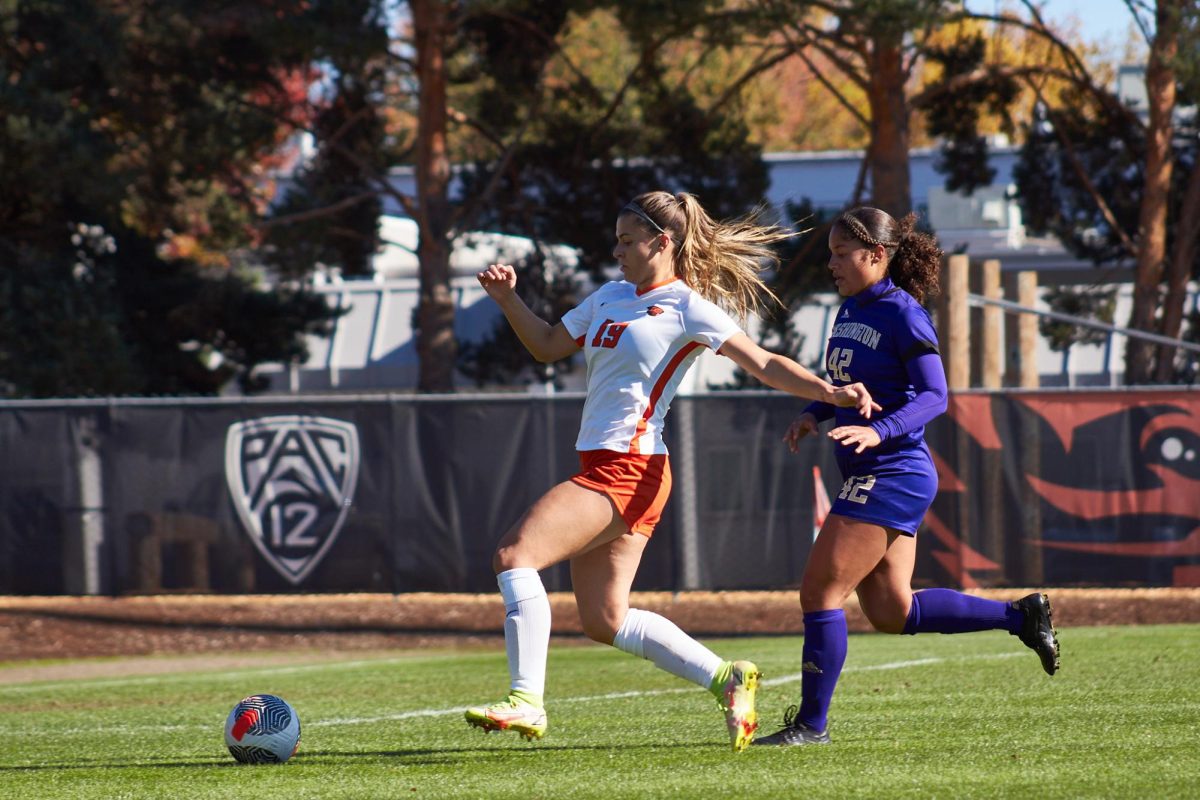
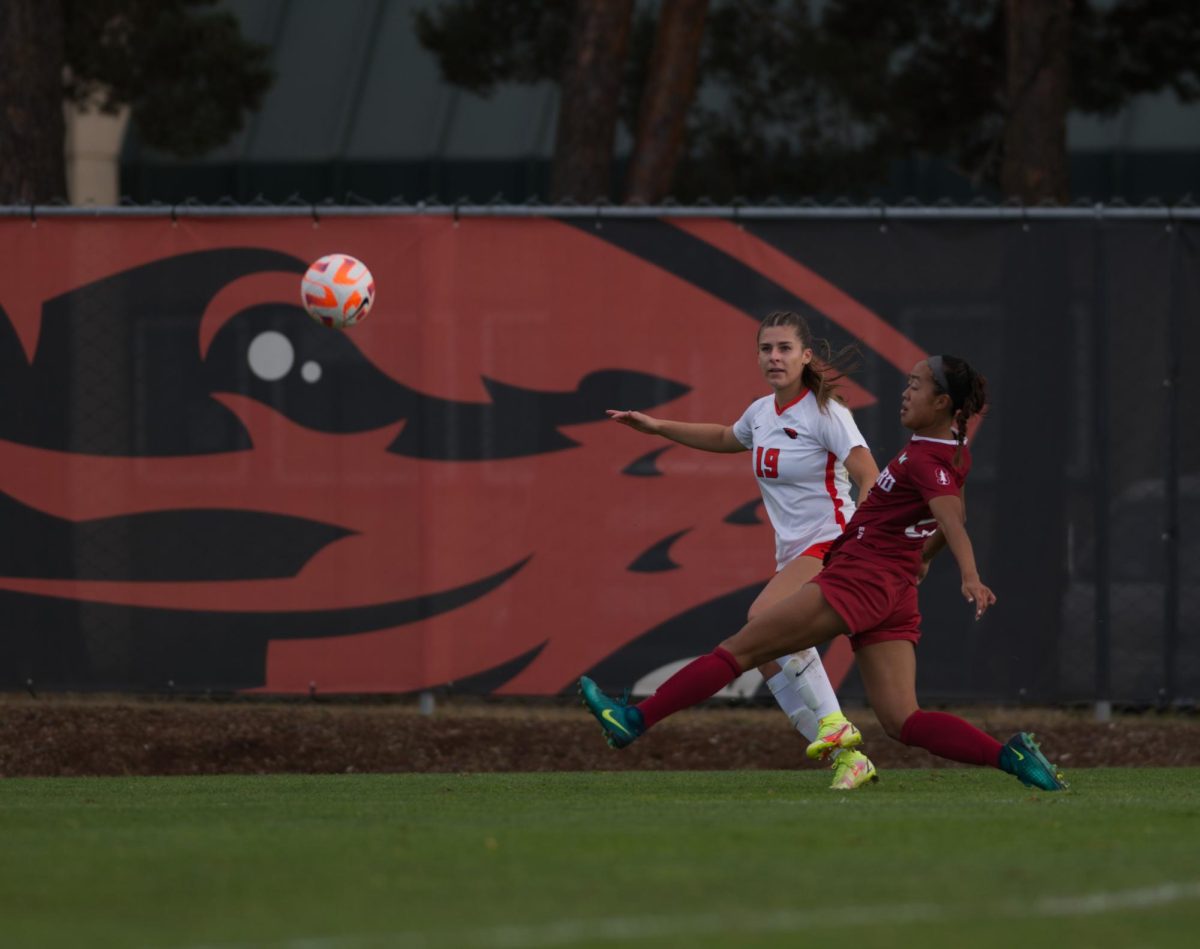
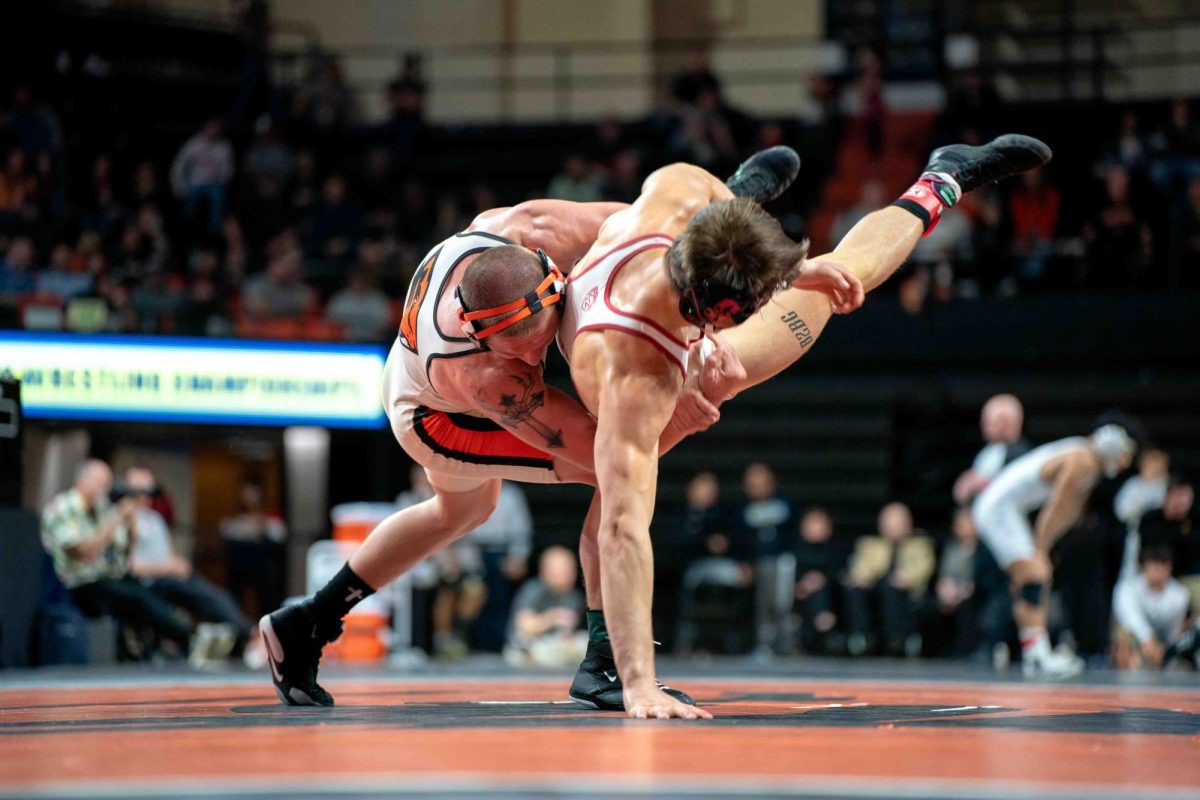
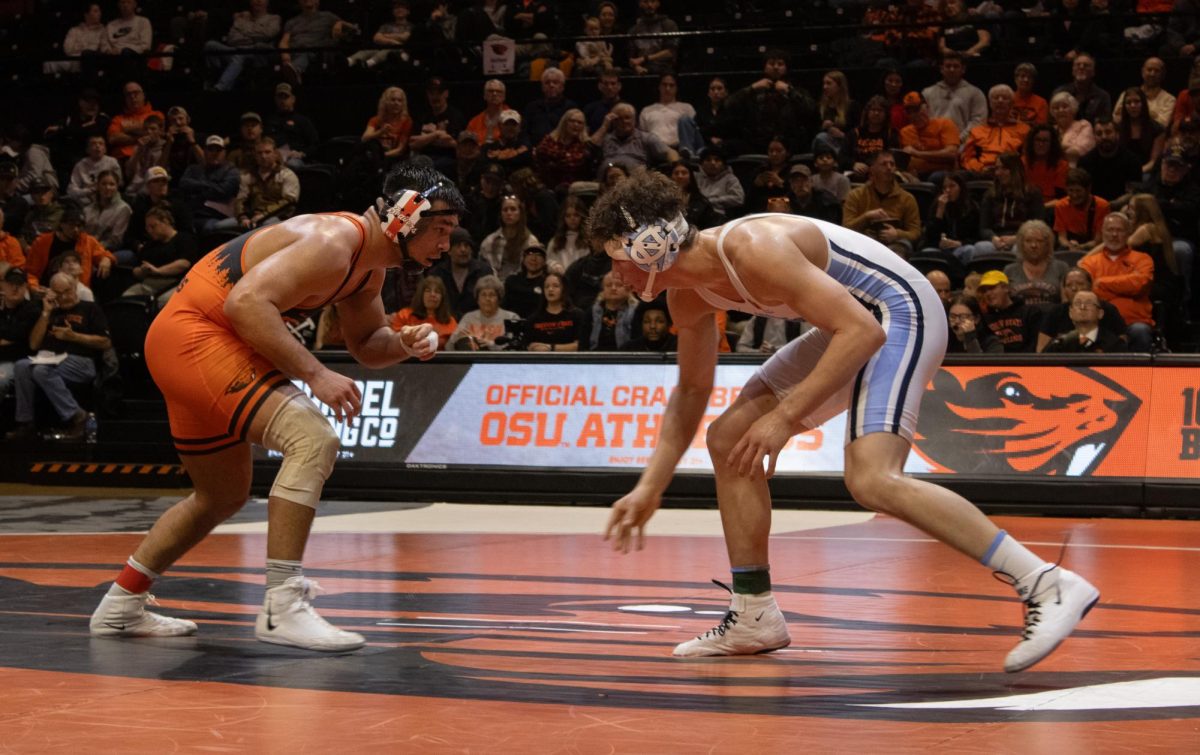
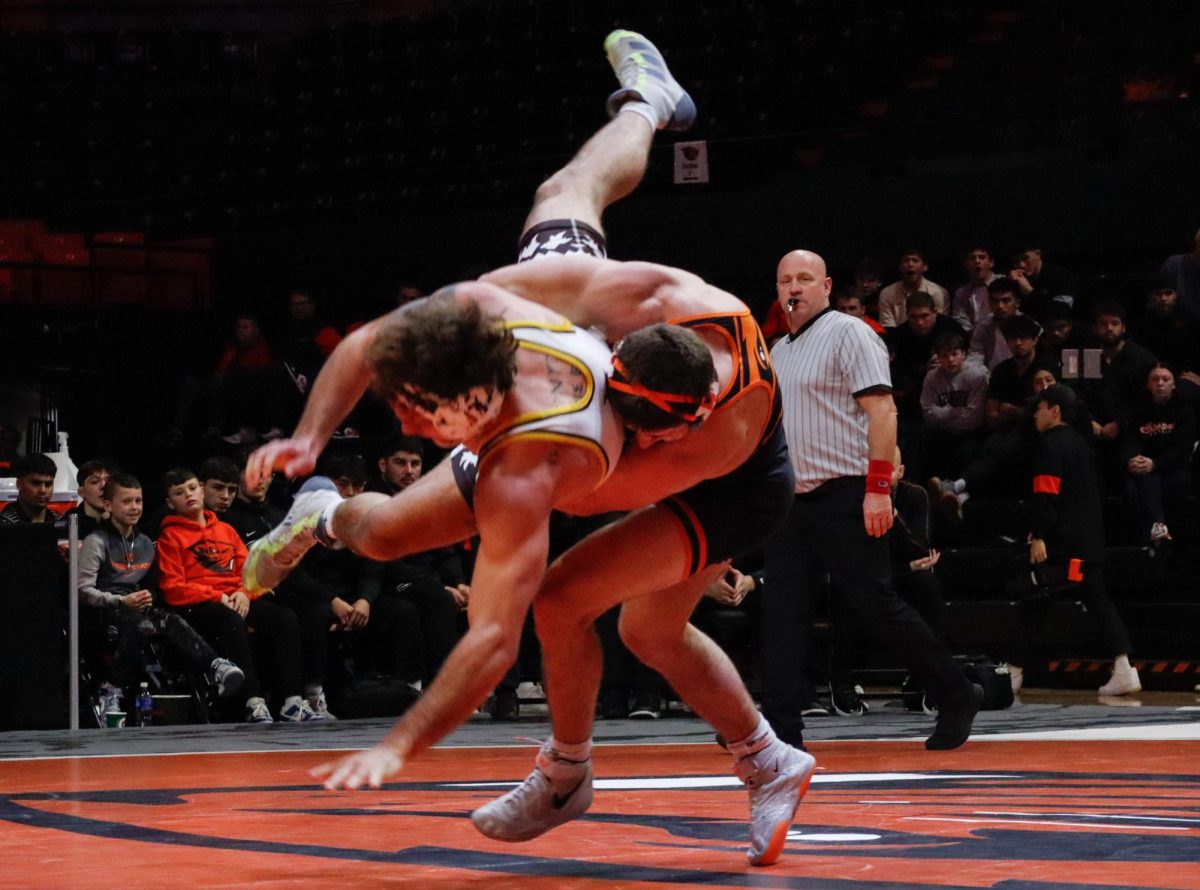


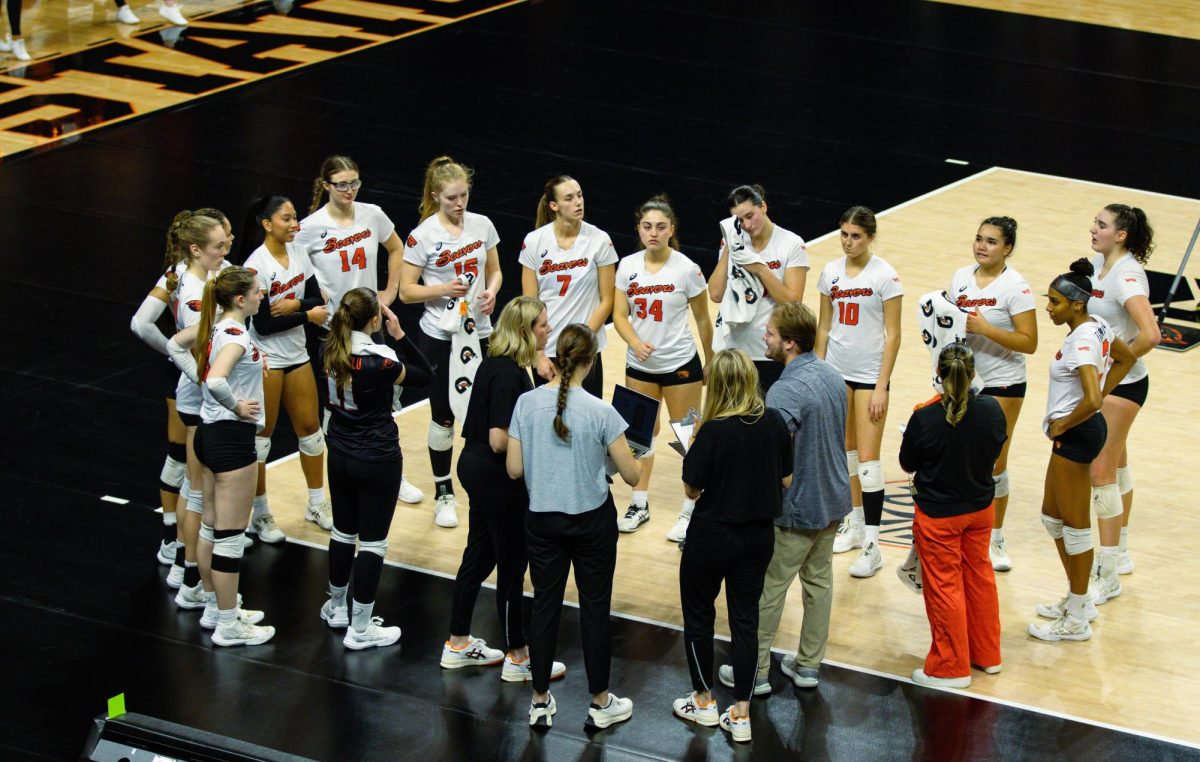
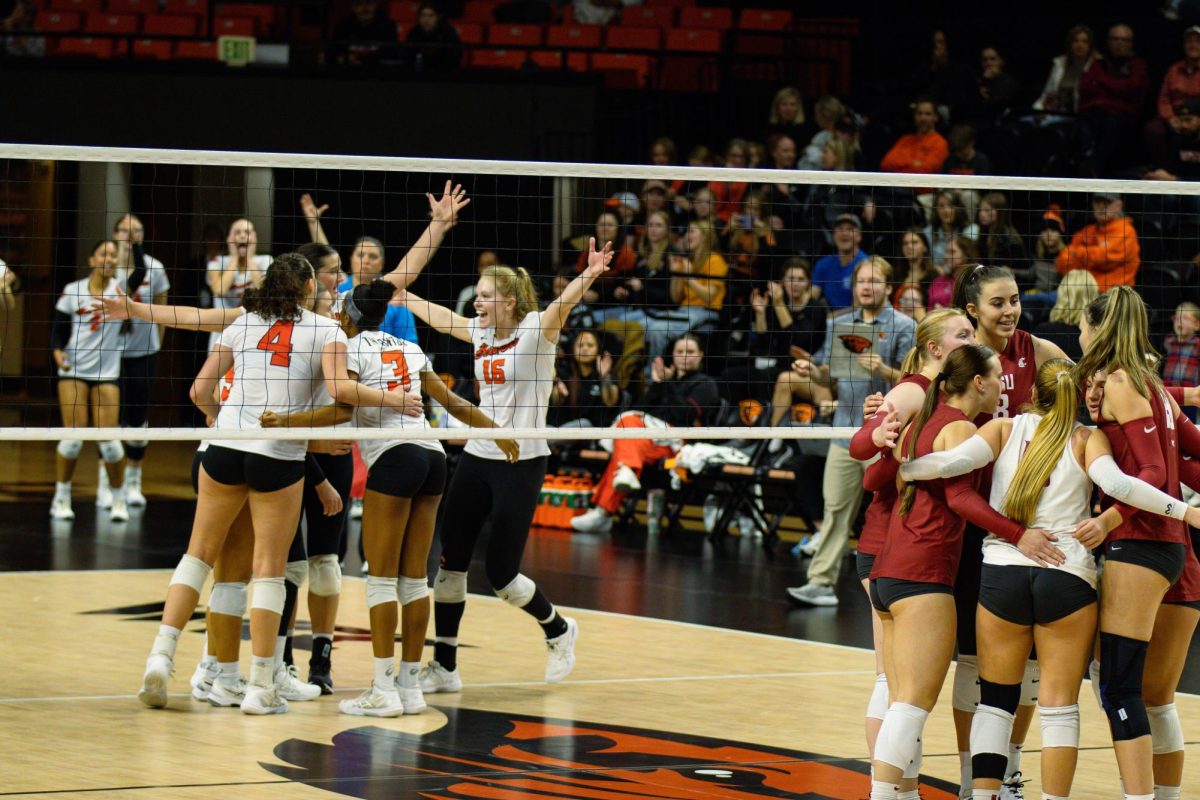
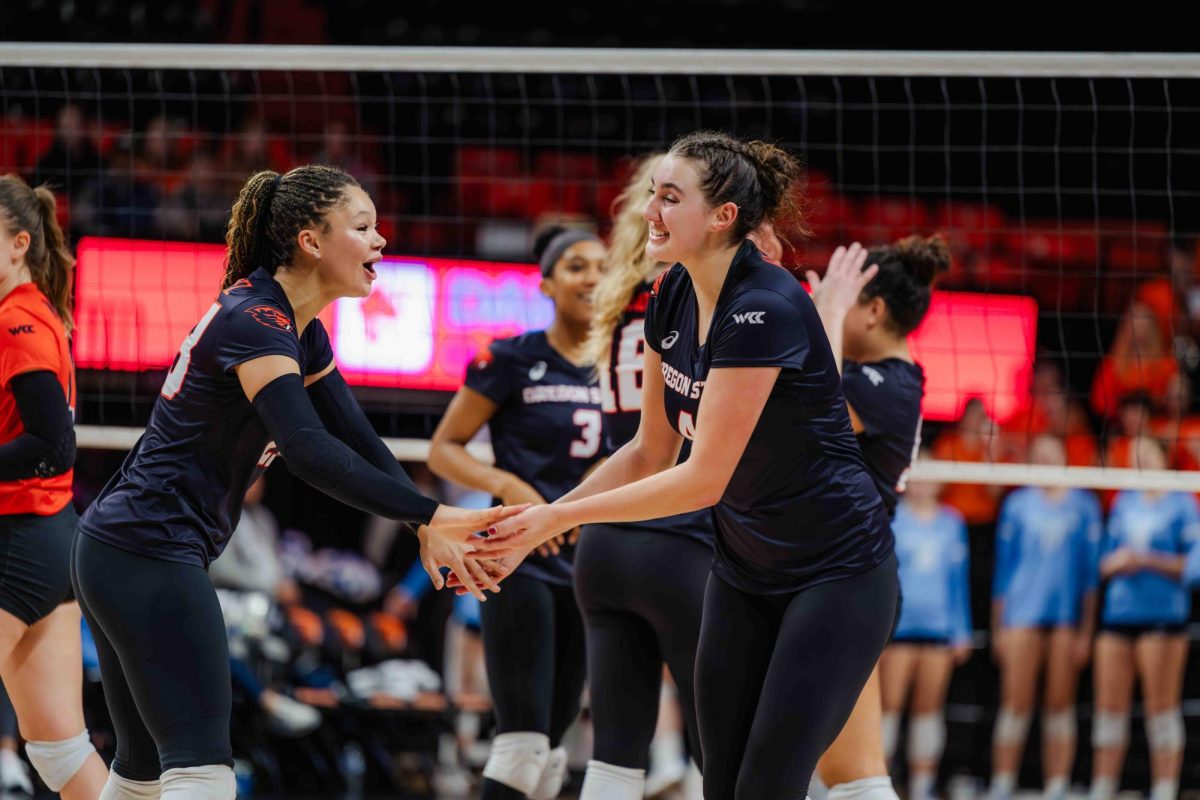
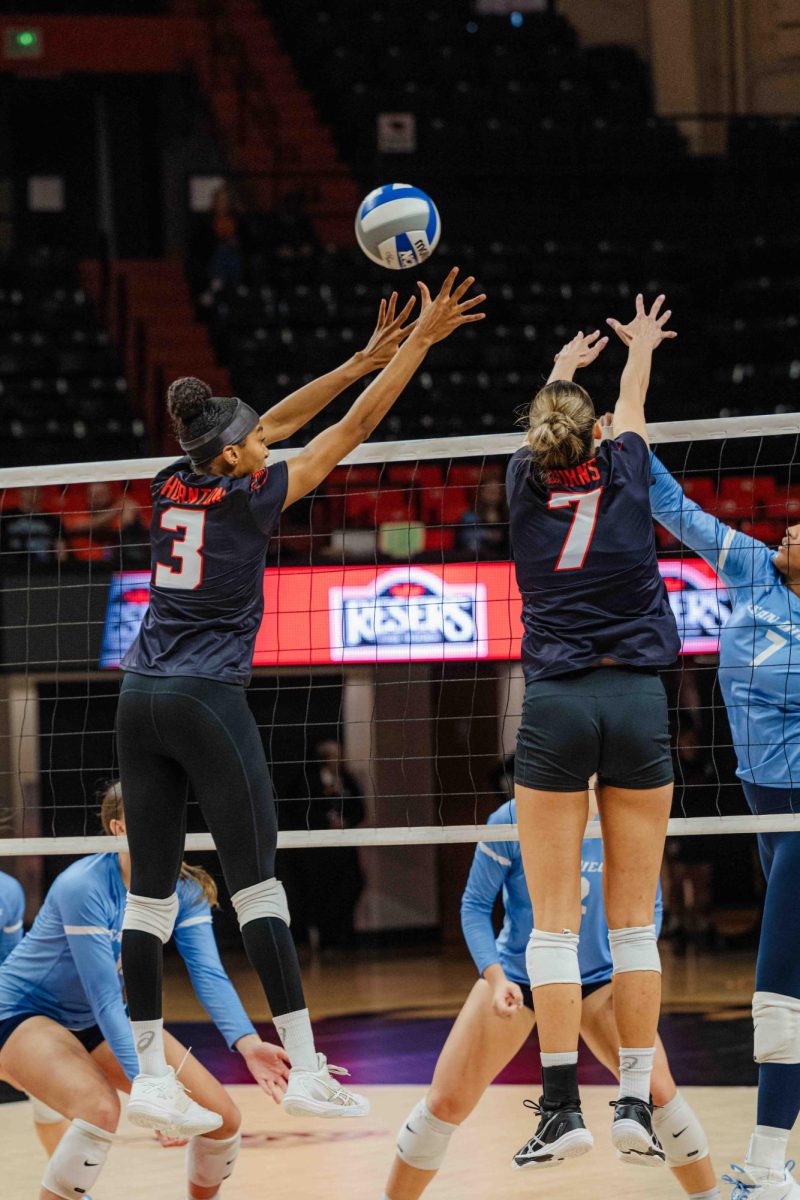
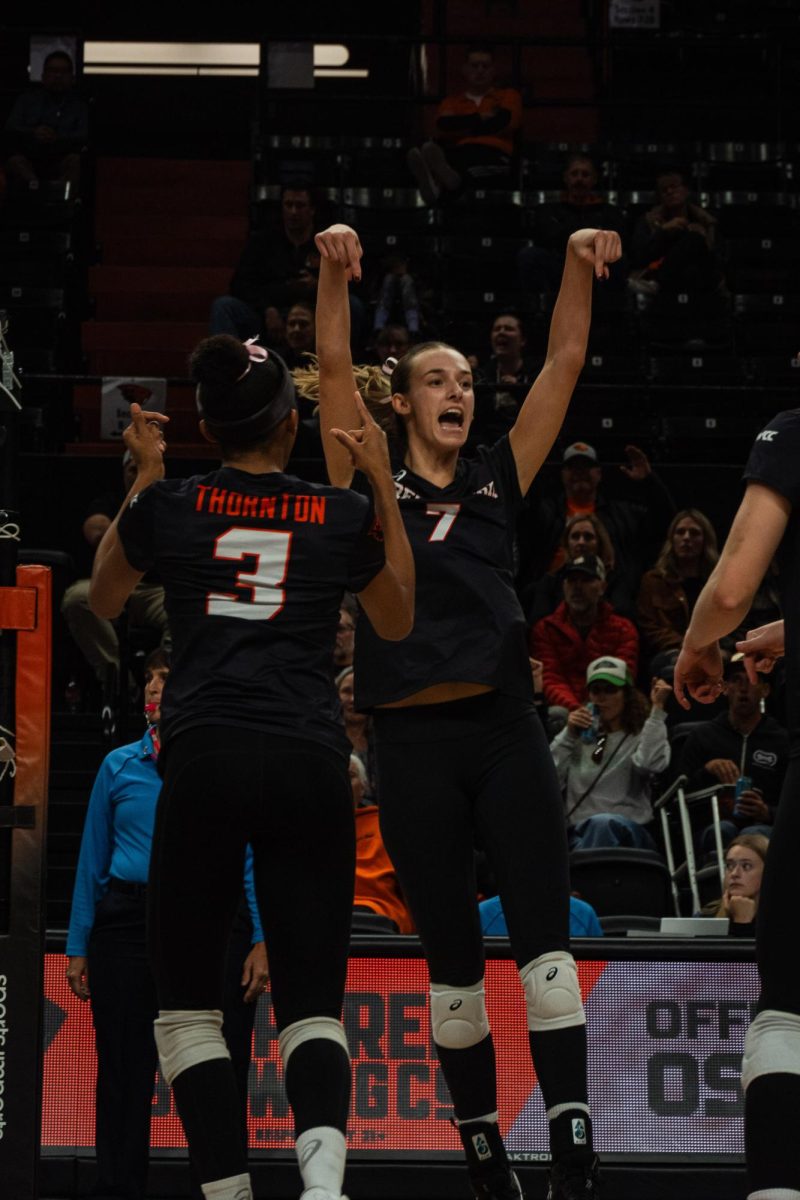
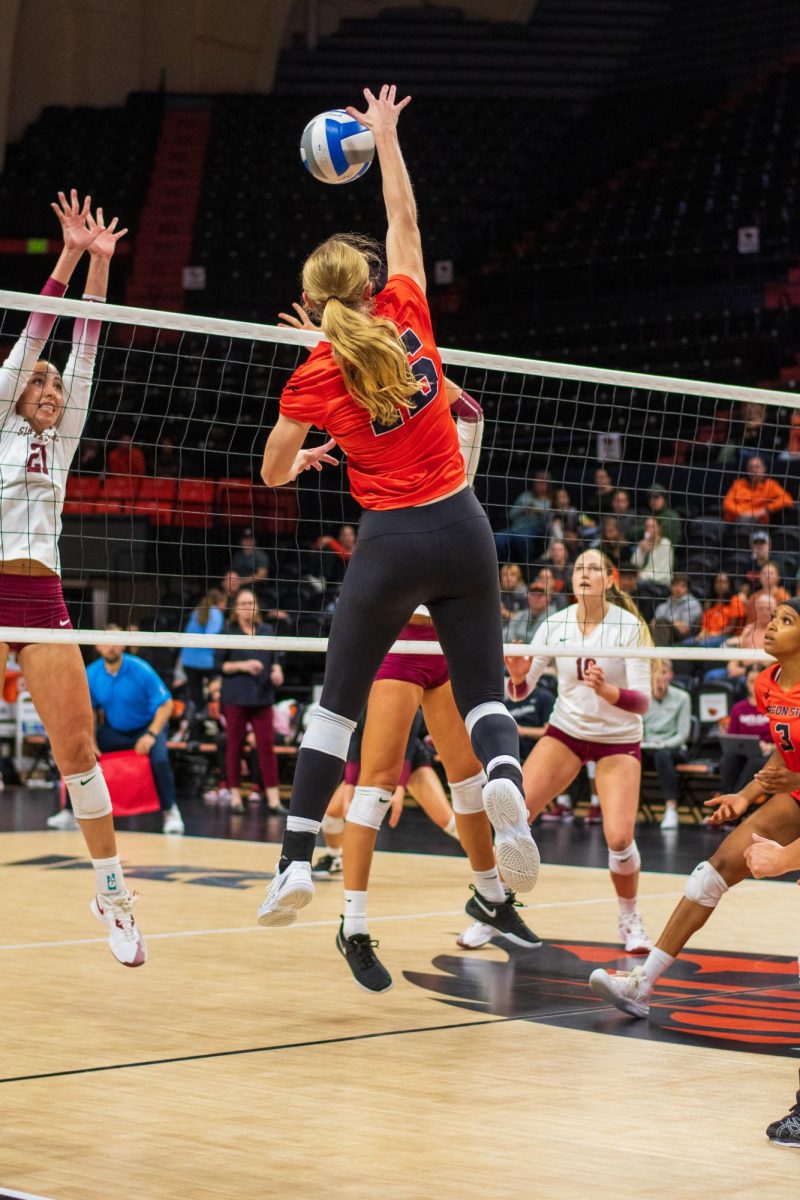
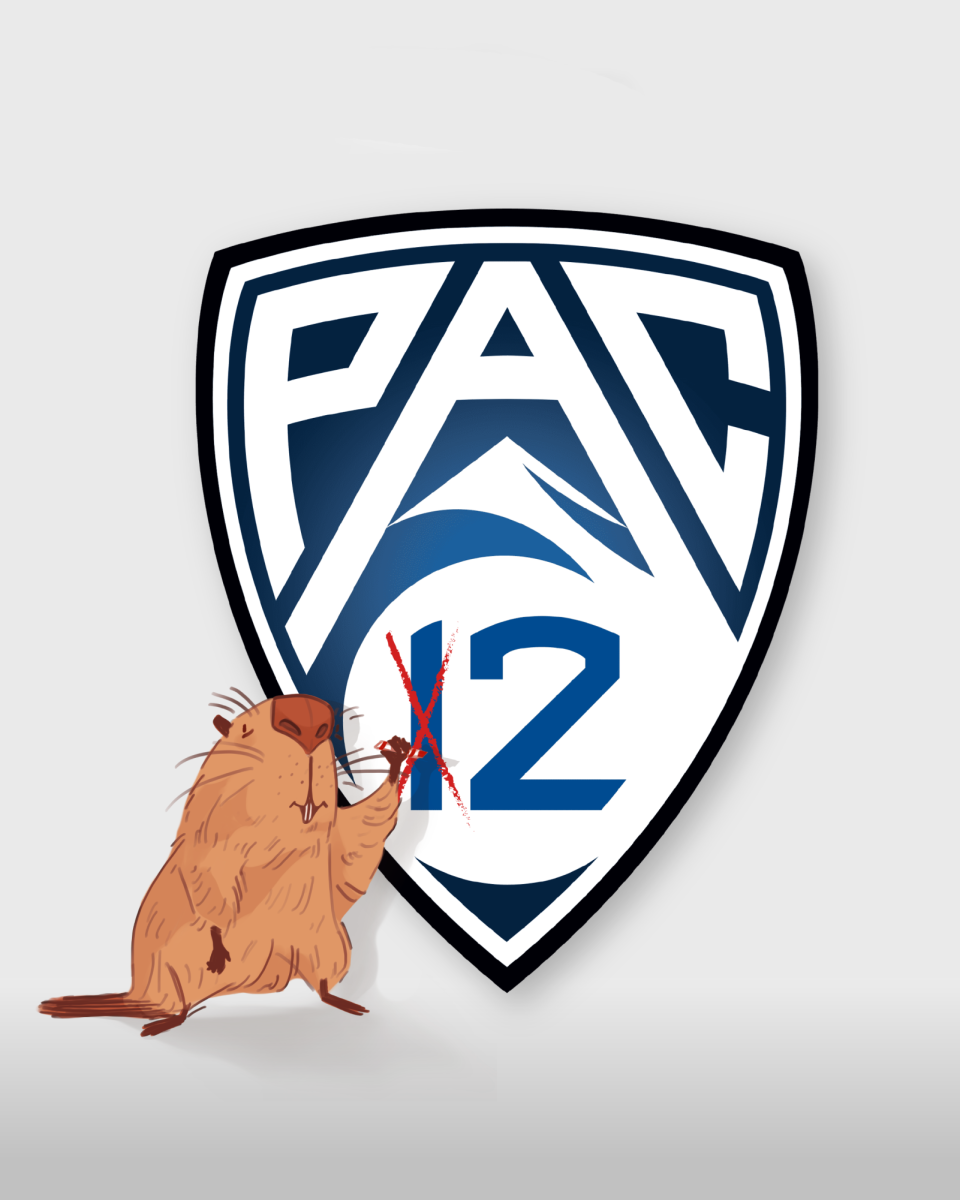
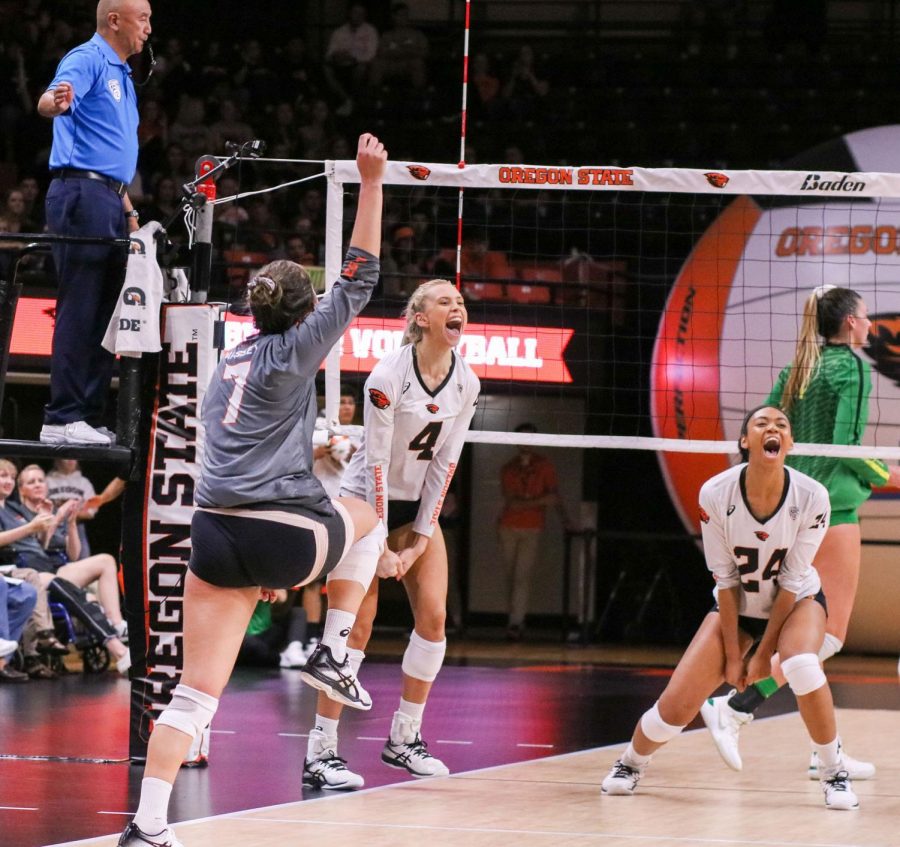
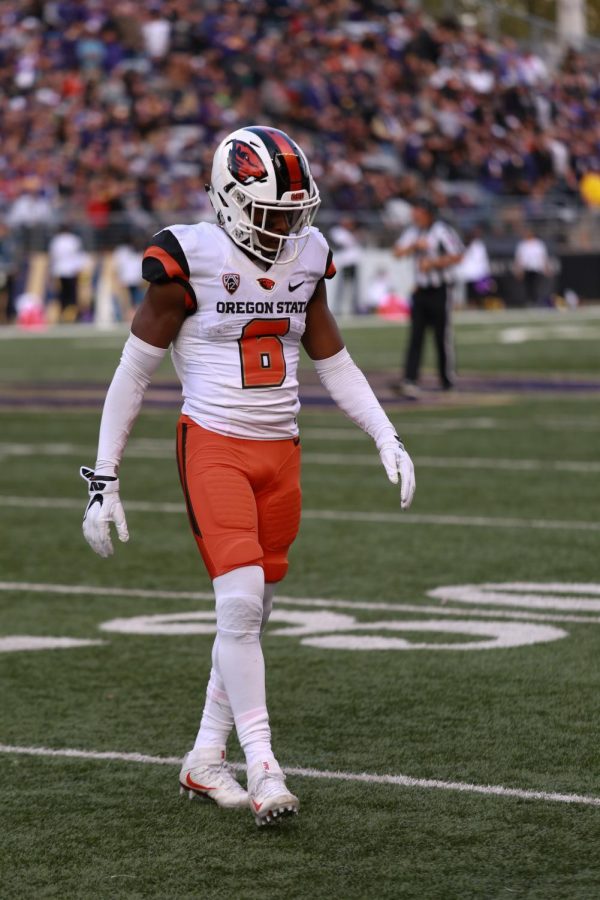
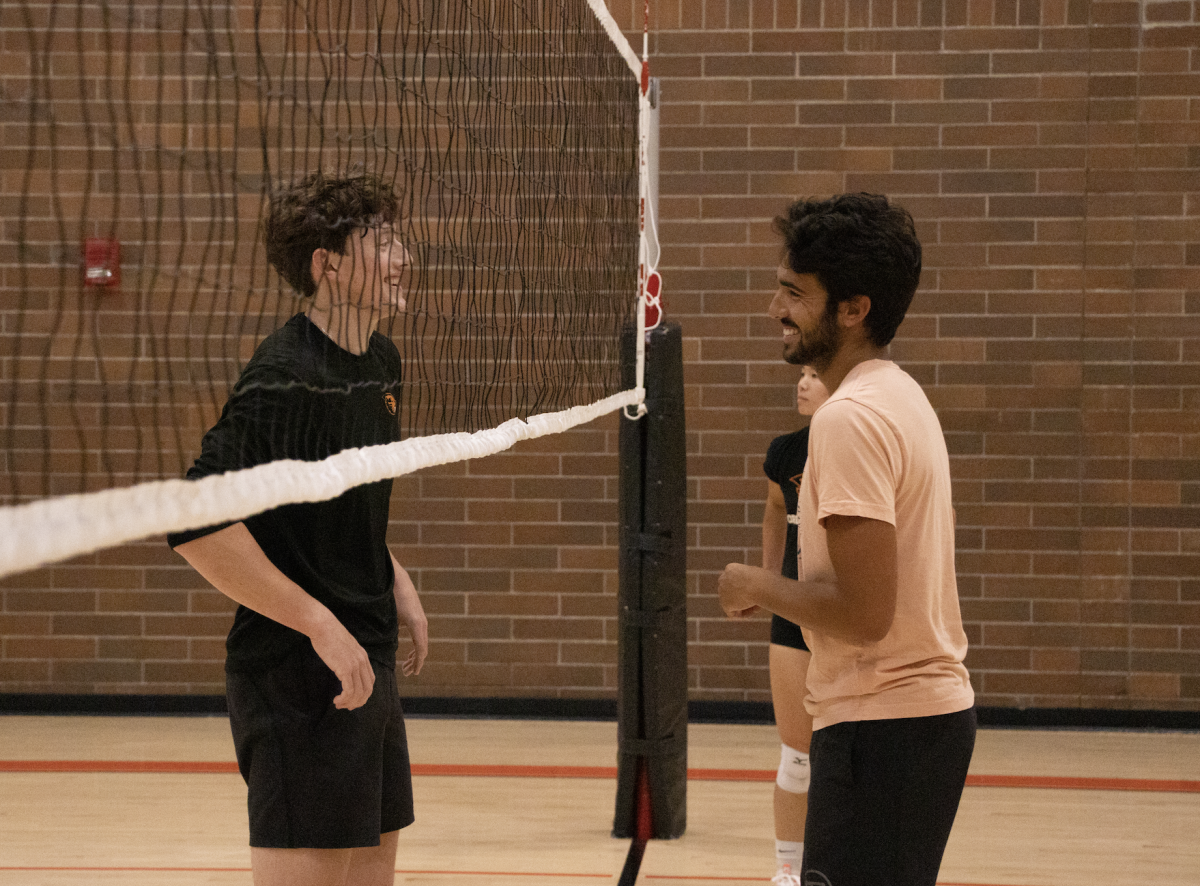

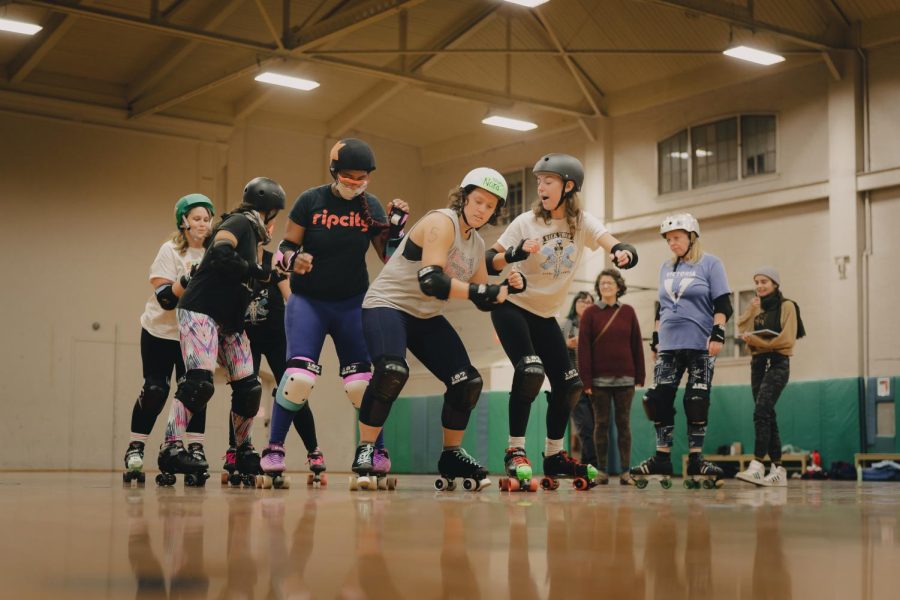
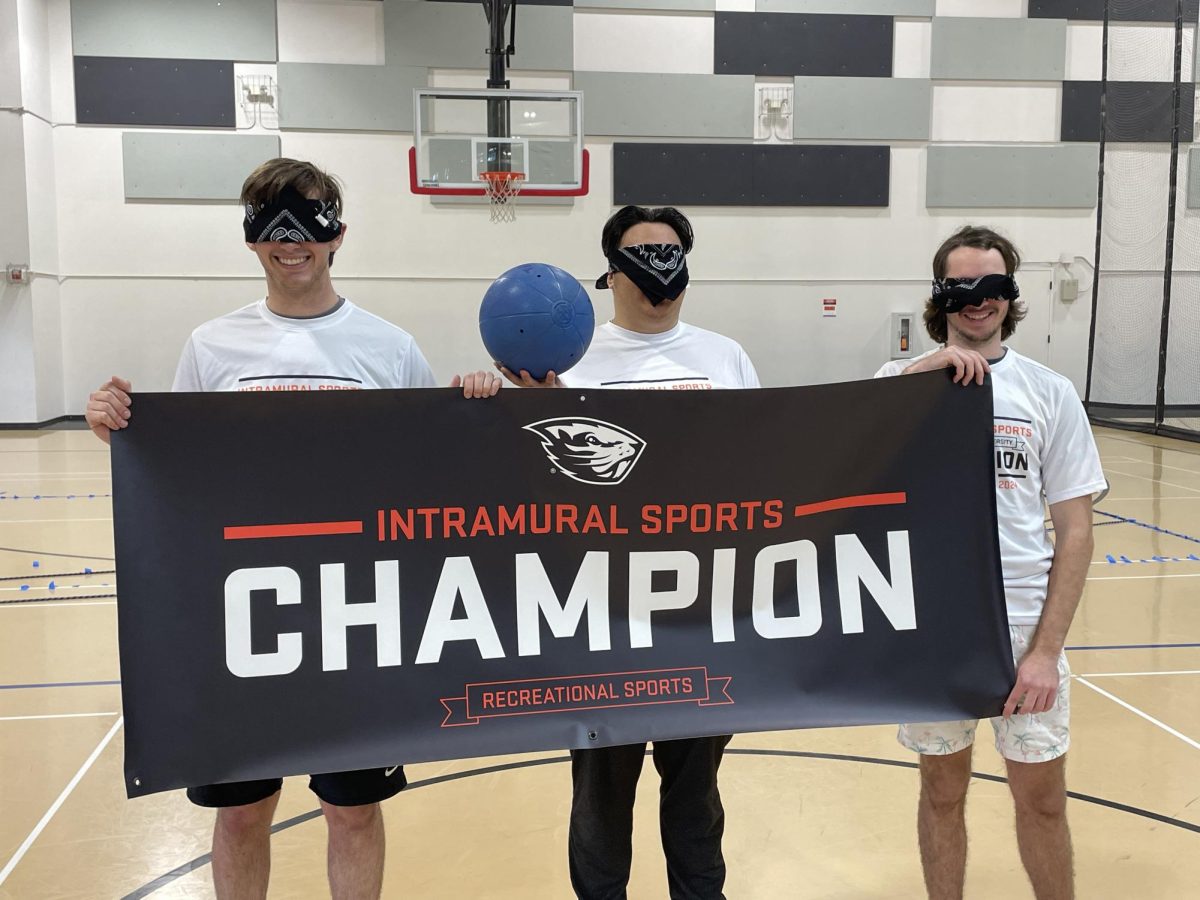

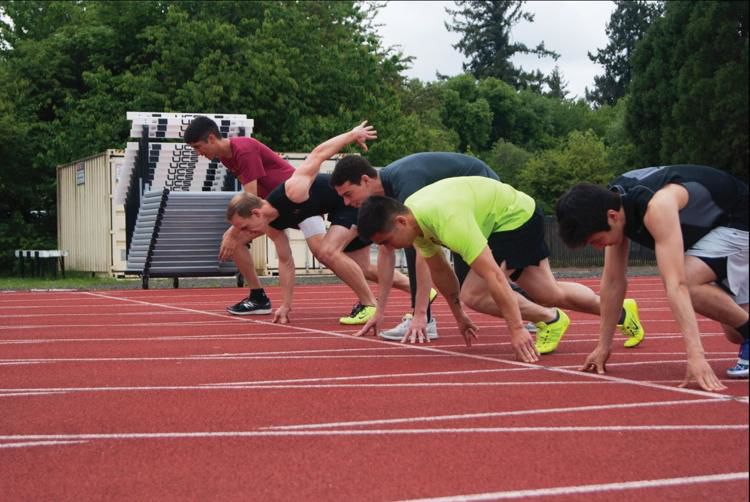

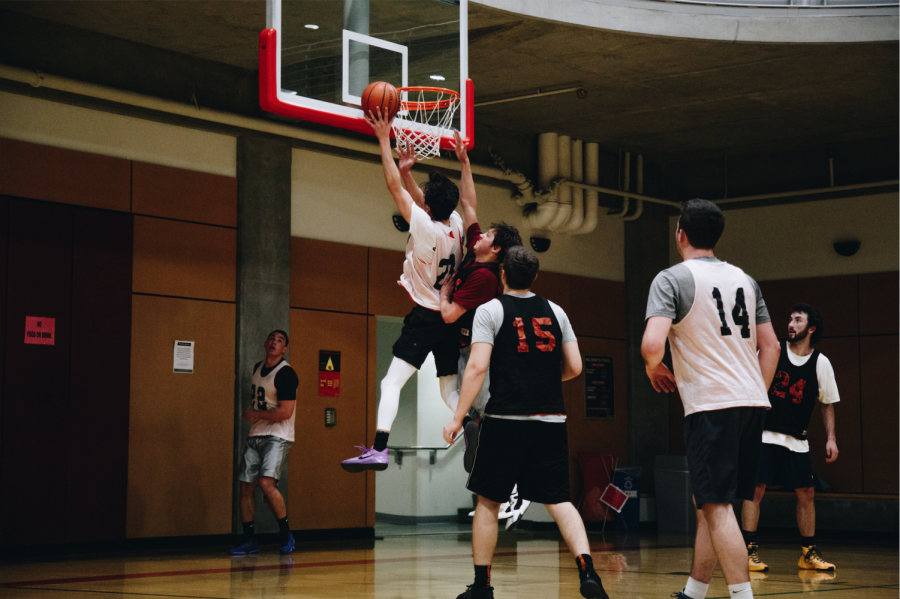
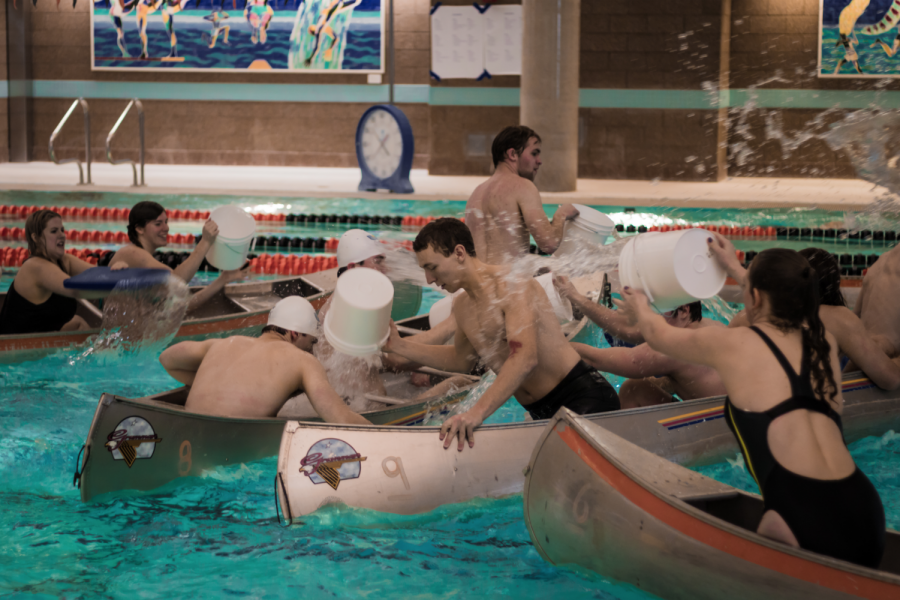
![Newspaper clipping from February 25, 1970 in the Daily Barometer showing an article written by Bob Allen, past Barometer Editor. This article was written to spotlight both the student body’s lack of participation with student government at the time in conjunction with their class representatives response. [It’s important to note ASOSU was not structured identically to today’s standards, likely having a president on behalf of each class work together as one entity as opposed to one president representing all classes.]](https://dailybaro.orangemedianetwork.com/wp-content/uploads/2025/03/Screenshot-2025-03-12-1.00.42-PM-e1741811160853.png)

